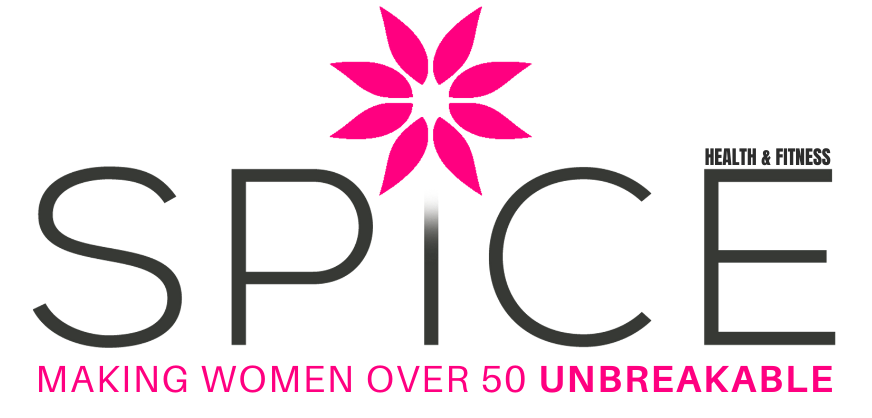As women age, staying active is no longer just about"keeping fit." It's about maintaining strength, mobility, and independence — so you can live fully, support your family, and chase the dreams that still call you. That's the heart of strength training for women over 60. And it's exactly why we created this guide.
"Whatever you find hard to do — keep doing it. Because if you don't, you'll lose that ability. And once it's gone, it's much much harder to get it back."
Coach Sheree King, GrandmaSTRONG
In the video below, you'll discover the 12 essential Active Daily Life (A.D.L.) movements that every woman should train regularly — especially over 60. These aren't just gym exercises. They're the movements of everyday life.
Watch: 12 Strength Moves to Age Strong, Not Frail
The Power of Strength Over 60: Because You're Not Done Yet!
You've still got people to care for, places to go, and things you want to achieve. But as we age, our bodies need a little more attention to keep up.
Strength training over 60 isn't just about muscle — it's about freedom, energy, and the ability to keep living life boldly and fully.
It helps you:
But here's the key:
To age strong, we don't just need workouts — we need to train the real-life movements we use every day.
The 12 Essential Movements for Women Over 60
Below are the foundation movements Coach Sheree teaches inside all our Grandma Strong programs — and demonstrates in the video above. Each one is a critical piece of your ability to live freely, age confidently, and support your body for the long term.
We show you how to train each one using simple tools, and we show you where it shows up in everyday life — because these aren't just exercises. These are your lifelines to maintaining movement freedom and independence.
1. Gait - Walking with balance, posture, and strength
Everyday Life:
Walking may seem automatic — until it's not. Poor gait patterns lead to falls, joint strain, and reduced confidence in the public spaces or on uneven terrain. When women stop walking tall, they start to shrink back from life.
Examples:
- Walking uphill or downstairs with control.
- Navigating uneven ground or gravel.
- Walking backwards, sideways, or while carrying something.
- Standing tall in a busy crowd or store.
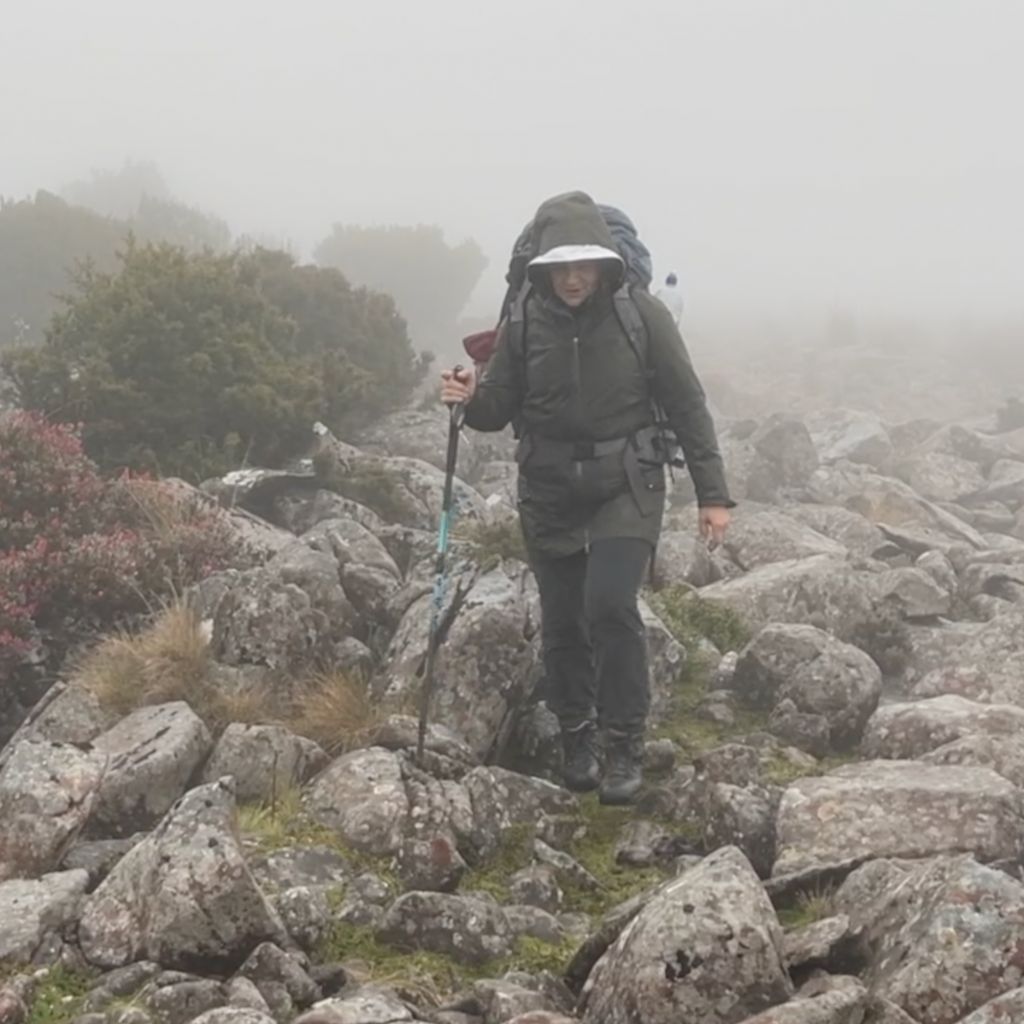
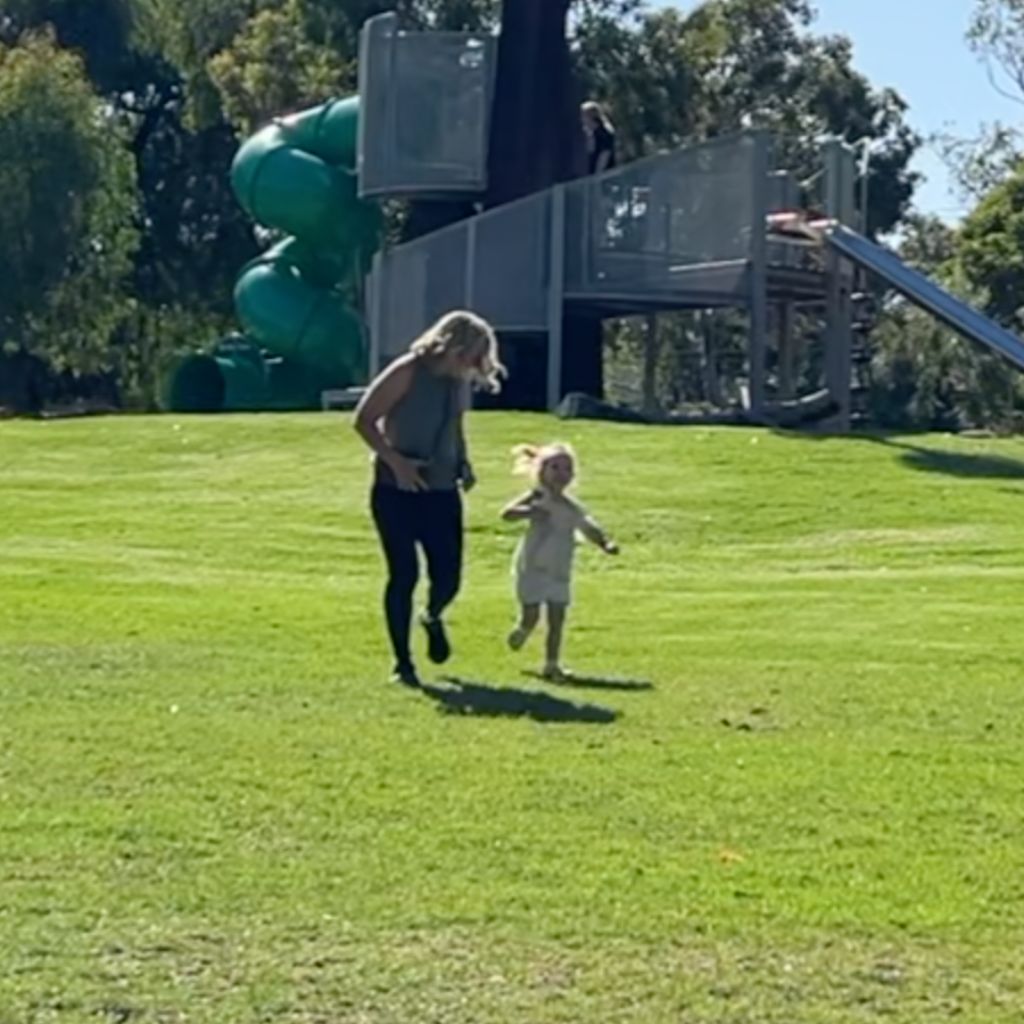
Strengthen:
Training gait helps preserve your balance, reaction time, posture, and lower body resilience. It also improves how efficiently your brain and body communicate — so you walk with purpose, not hesitation.
Train with:
- Leg band steps. Forward/back & side-to-side.
- High leg lift steps (over towel or low object). Forward/back & side-to-side.
- Balance drills. Make sure you're near a chair, table, wall (preferably corner) incase you lose balance and fall, so you're safe doing this.
- ALSO: Loaded carries, like kettlebell in one or each hand (ensure your posture is upright and vertically aligned). If doing single hand loaded carries ensure you don't lean to either side. (see carry below for more).
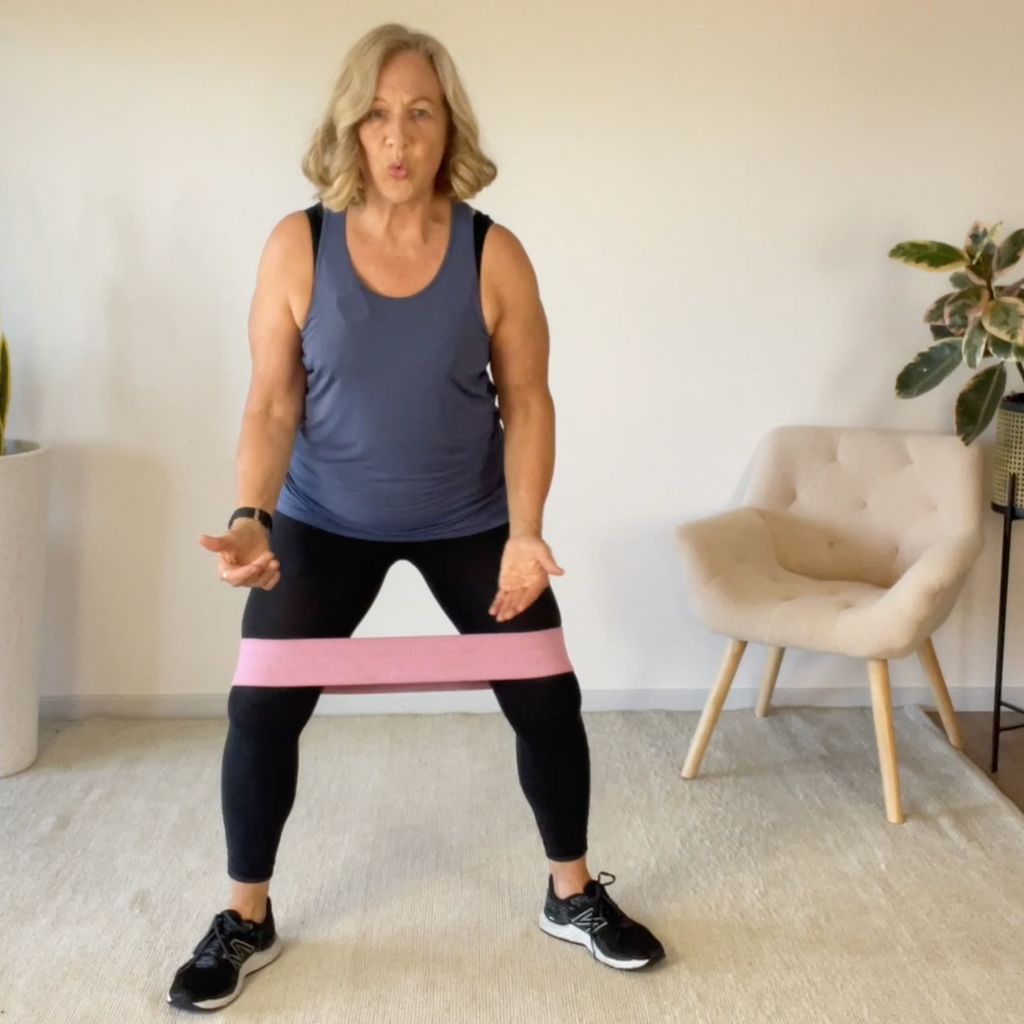
Leg band steps
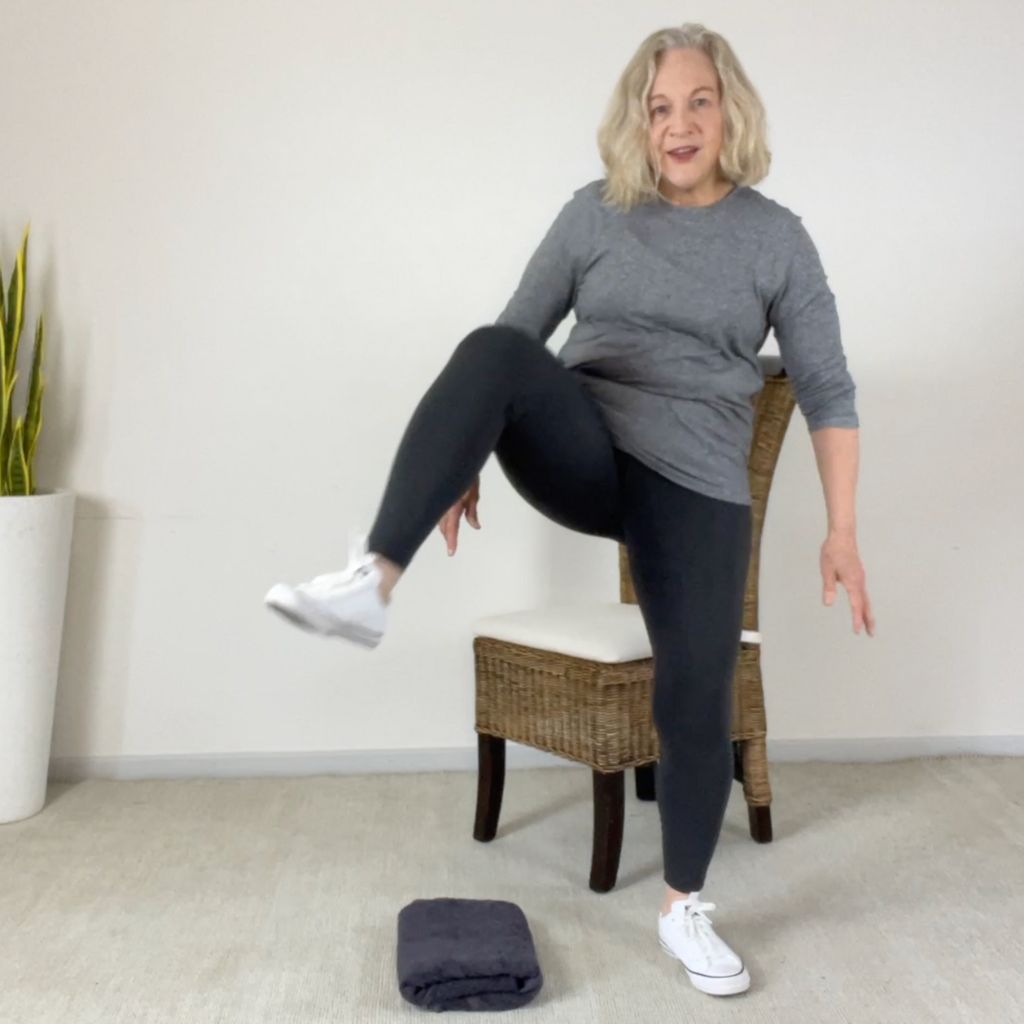
High Leg lift steps
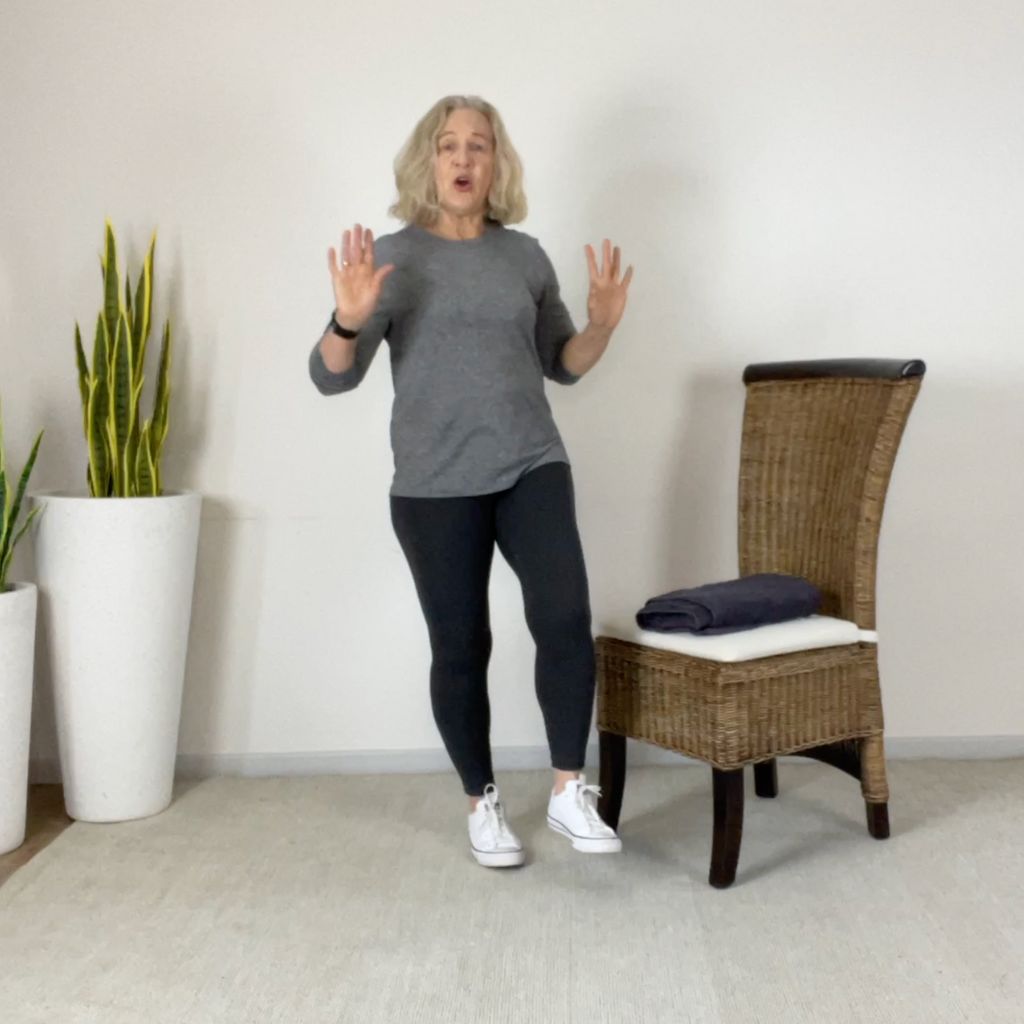
Balance drills
2. Carrying - Grip, shoulder, and core endurance
Everyday Life:
Losing the ability to carry a weight — especially asymmetrically (two things at the same time, but different weights) — is one of the earliest signs of physical decline. Without grip and trunk control, we become reliant on others for basic tasks.
Examples:
- Carrying grocery bags.
- Carrying a grandchild on your hip.
- Carrying the suitcase/bags on a travel adventure.
- Carrying soup pots, watering cans, and wood on a winters day.

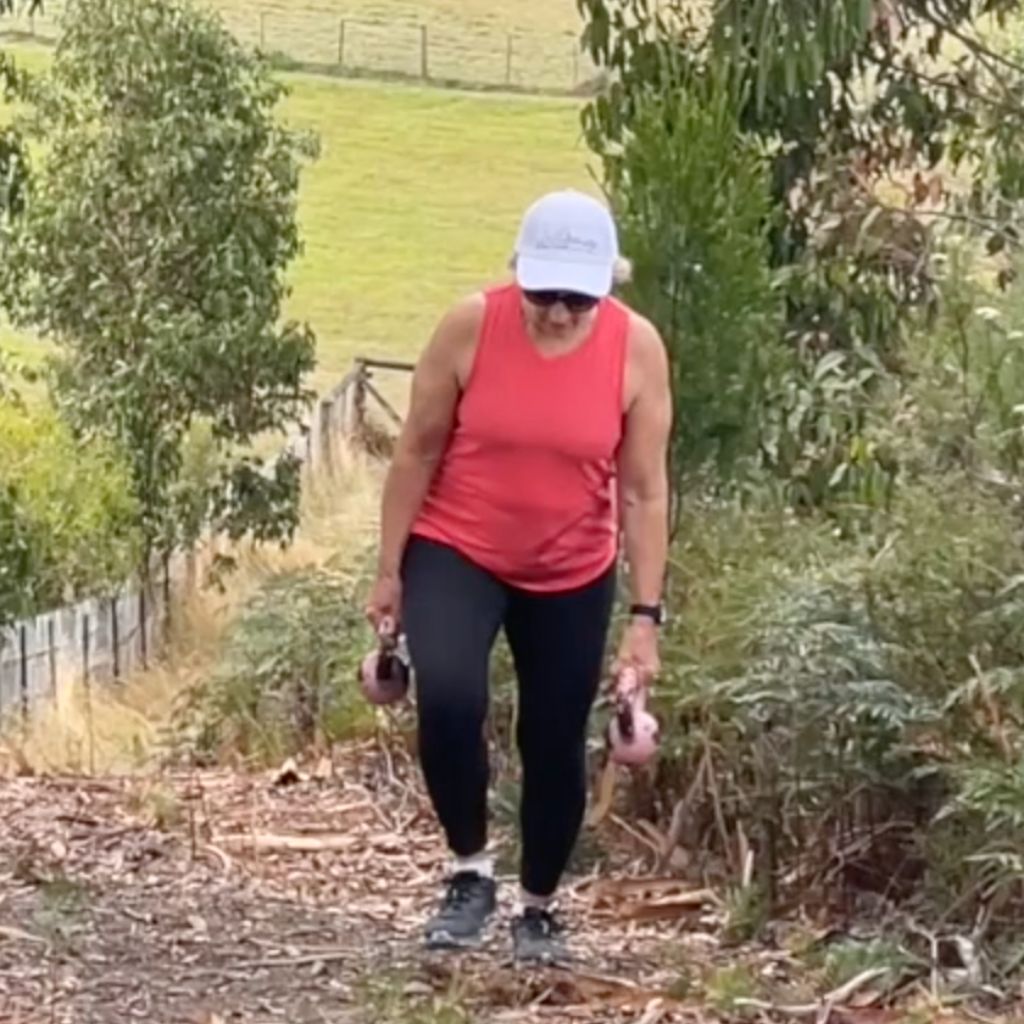

Strengthen:
Training carries improves grip strength (a key longevity marker), shoulder stability, and whole-body coordination. This is a foundation skill to maintain independence and confidence.
Train with:
- Farmer's carries (carrying something in each hand) with dumbbells, kettlebells, or water cans.
- Front carries with household items.
- Suitcase carries (one-sided load to train posture and core).
- Suitcase carry and baby carry at same time, using a weighted medicine ball as the baby carry.
- Suitcase carry and waiters carry, using a kettlebell or dumbbell as the waiters carry. Note: care needs to be taken with the waiters carry to not have a heavy weight, endurance is the objective, not how much weight.
- NOTE: The object of carries is core endurance not weight, so seek to goo longer as you progress. eg. We take a 8-10kg kettlebell on our 30min dog walks, swapping hands as we go, or sometimes a bell in each hand.
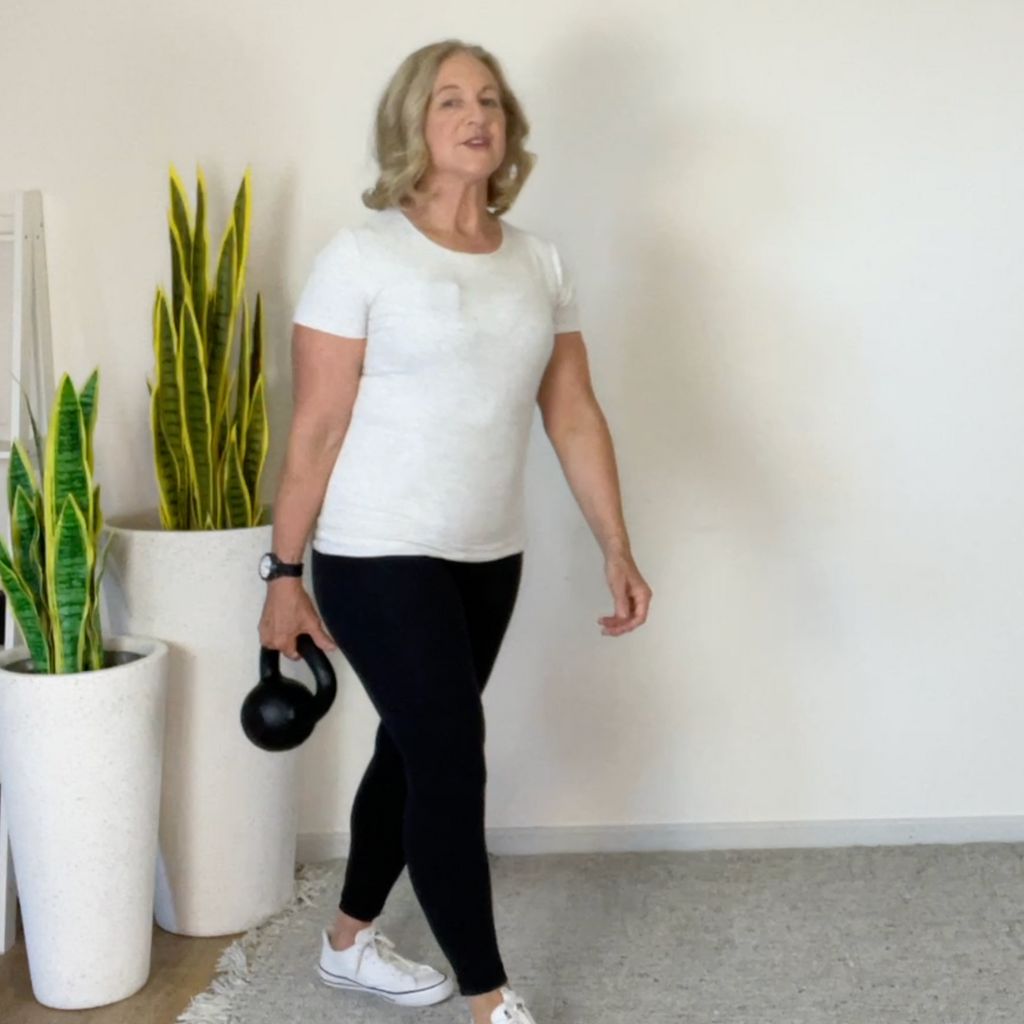
Single suitcase carry
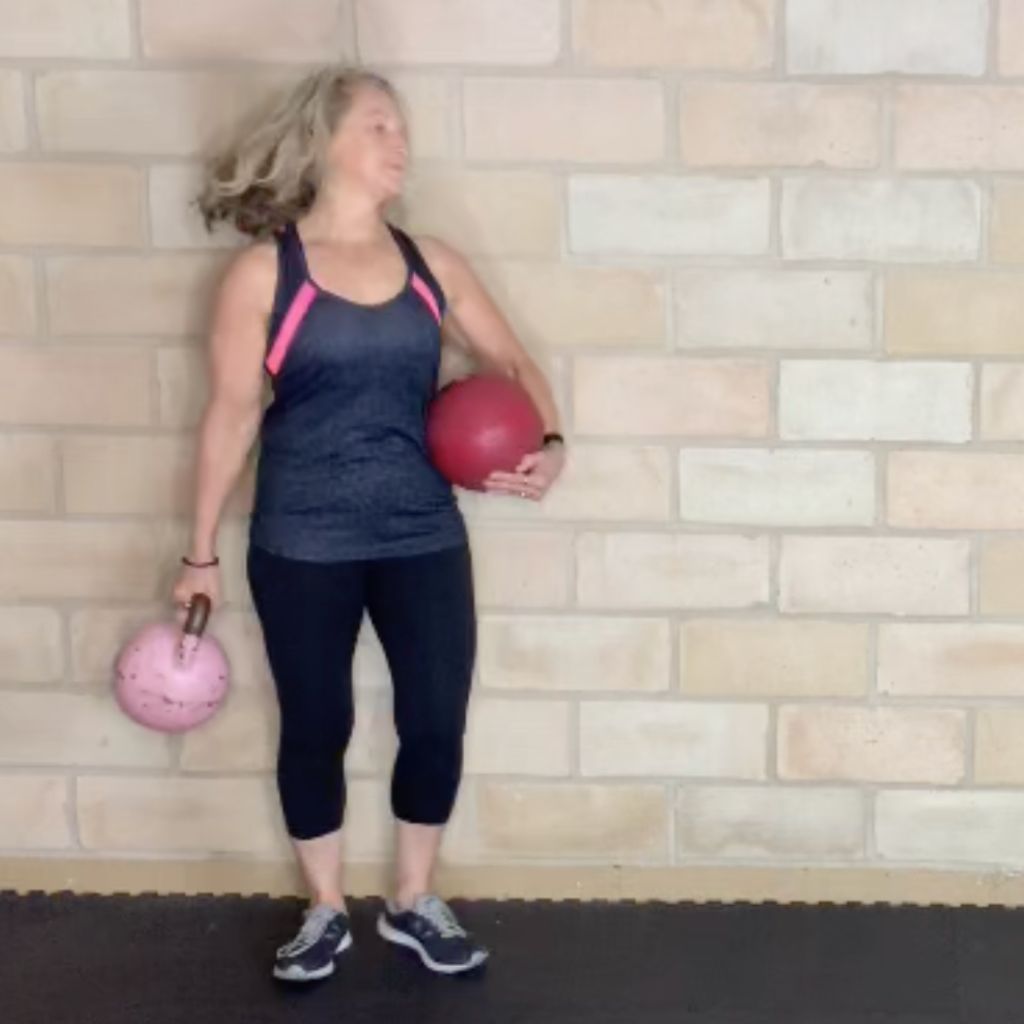
Suitcase and baby carry

Suitcase and waiters carry
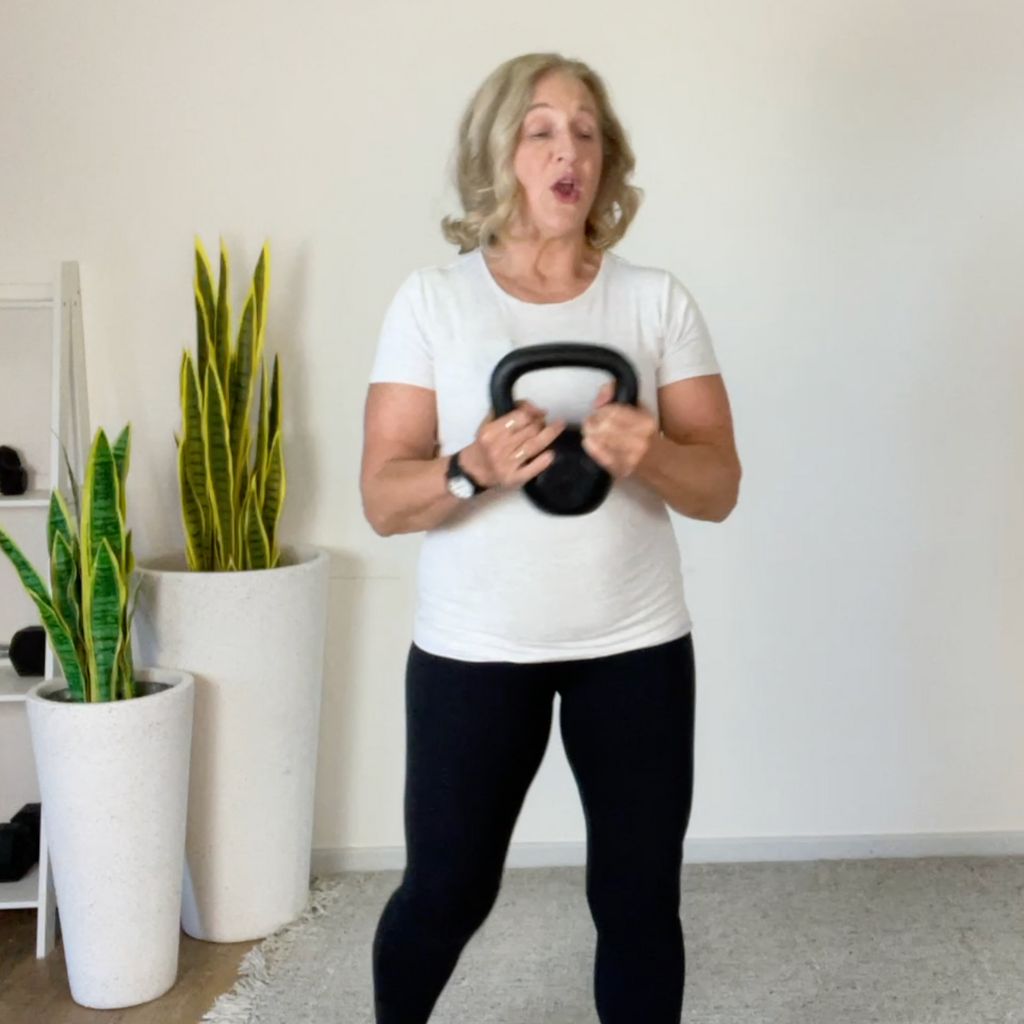
Front carry
3. Crawling – Core stability and shoulder strength
Everyday life:
If you fall, can you crawl to safety? If you’re playing on the floor, can you move around confidently? Crawling reflects how well your body coordinates itself when you’re close to the ground—often when it matters most.
Examples:
- Getting up from a fall
- Playing on the floor with grandkids
- Navigating low areas or reaching under furniture



Strengthen:
Crawling builds cross-body coordination, shoulder control, and deep core strength. It also teaches body awareness, which reduces injury risk and helps you rebound faster if you do fall.
Train with:
- Bear crawls (standard (like a baby knees and hands) or elevated)
- Elevated crawling with support
- Lizard crawl, getting down low like in a plank
- Crab crawls
- Crawling variations (forward, backward, sideways)
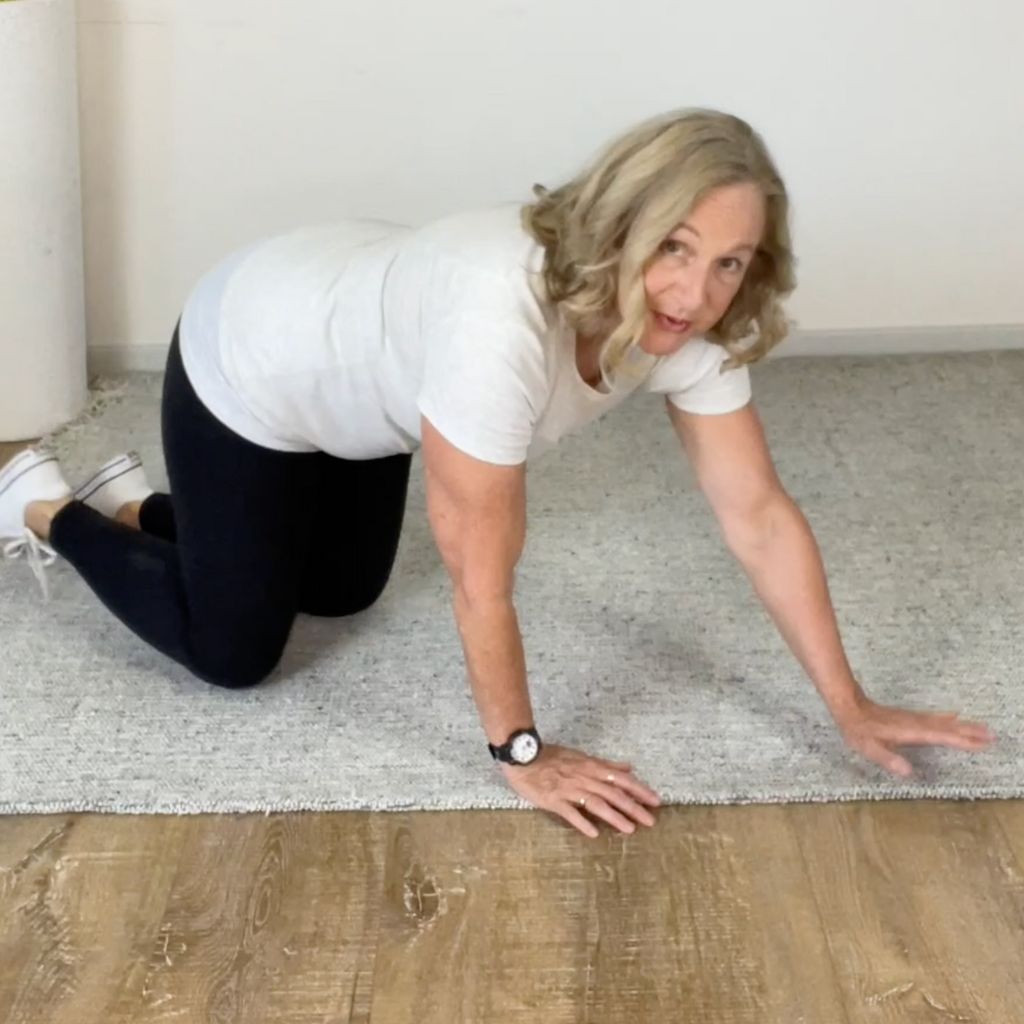
Standard hands knees crawl
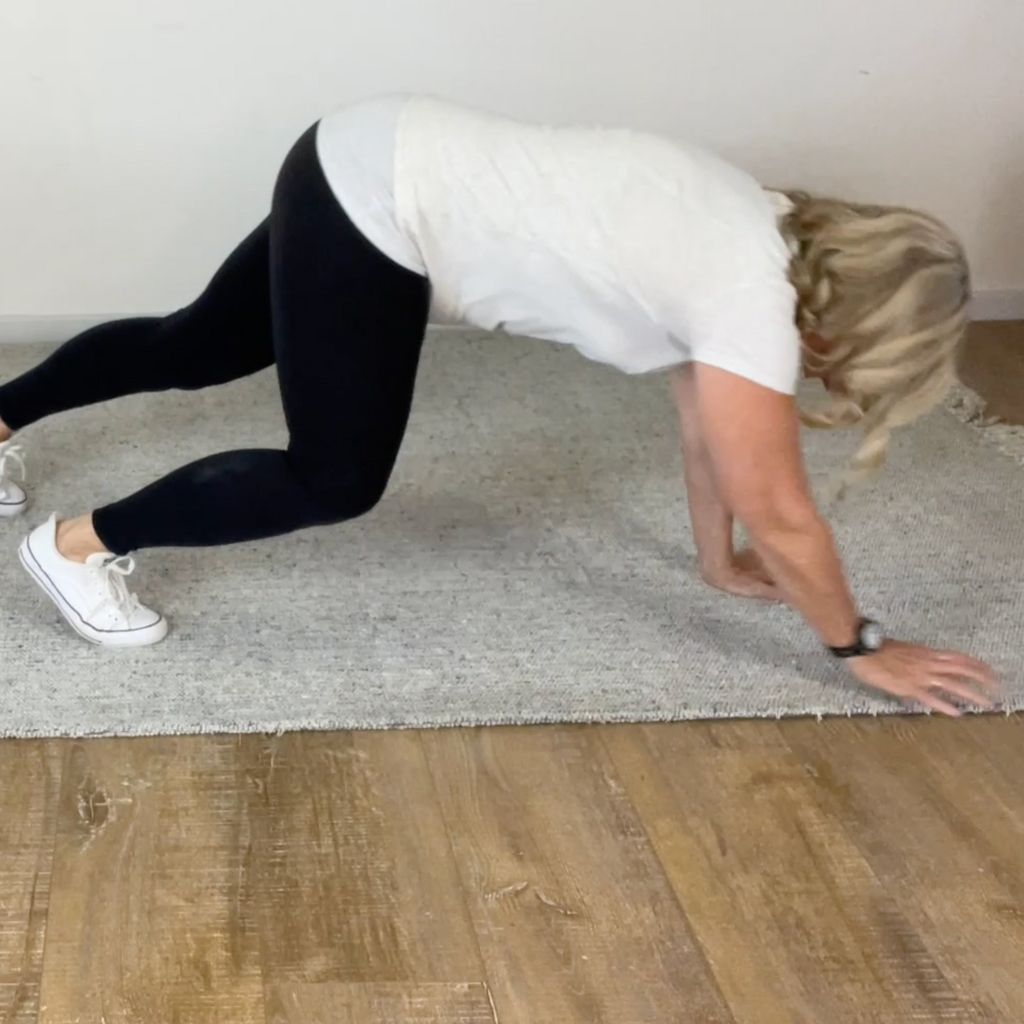
Elevated crawl

Lizard Crawl
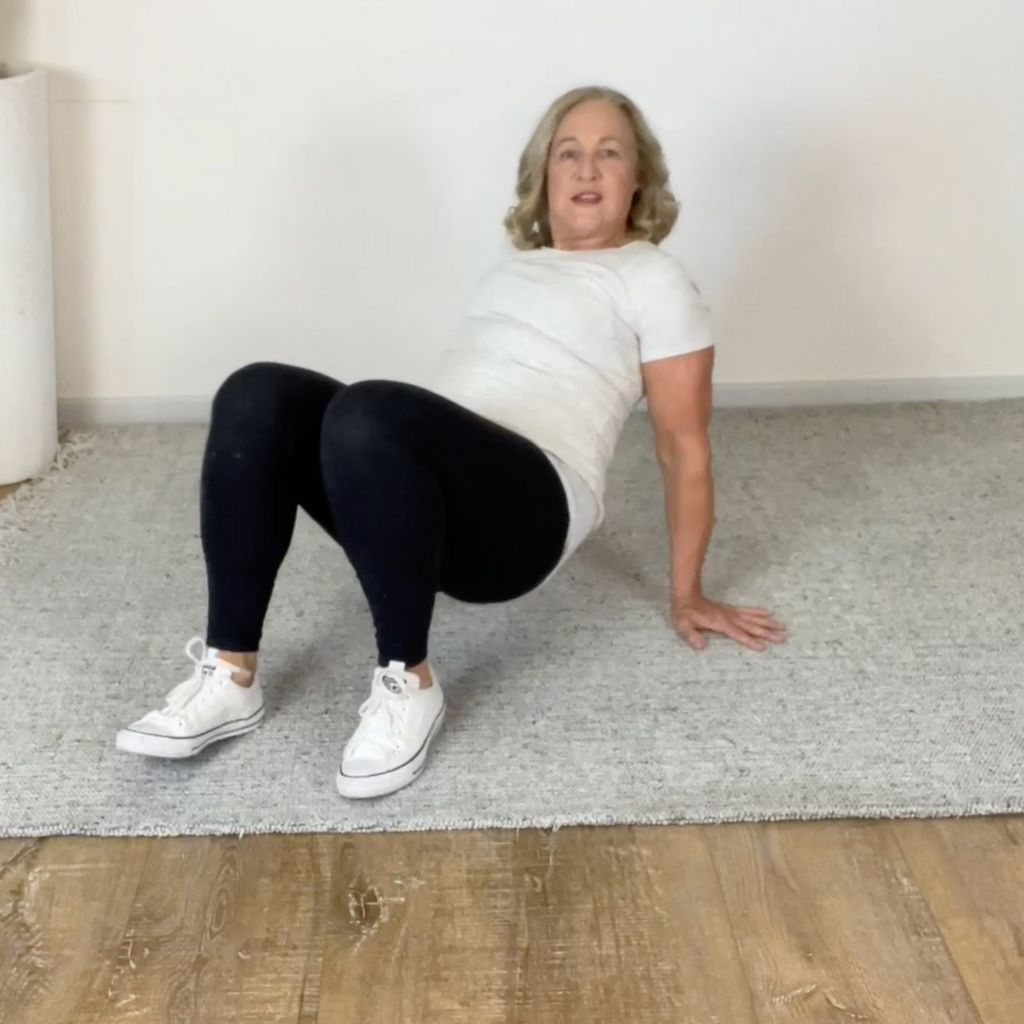
Crab crawl
4. Squatting – Lower body strength for sit/stand function
Everyday life:
When squatting becomes difficult, everyday life becomes harder. Women lose confidence using public toilets, fear sitting into low chairs, and stop doing the things they love. Stiff knees and weak legs don’t get better by avoiding squats—they get worse.
Examples:
- Using the toilet
- Getting in and out of a car
- Lowering to reach a drawer or pick up a dropped item
- Sitting and standing without hands
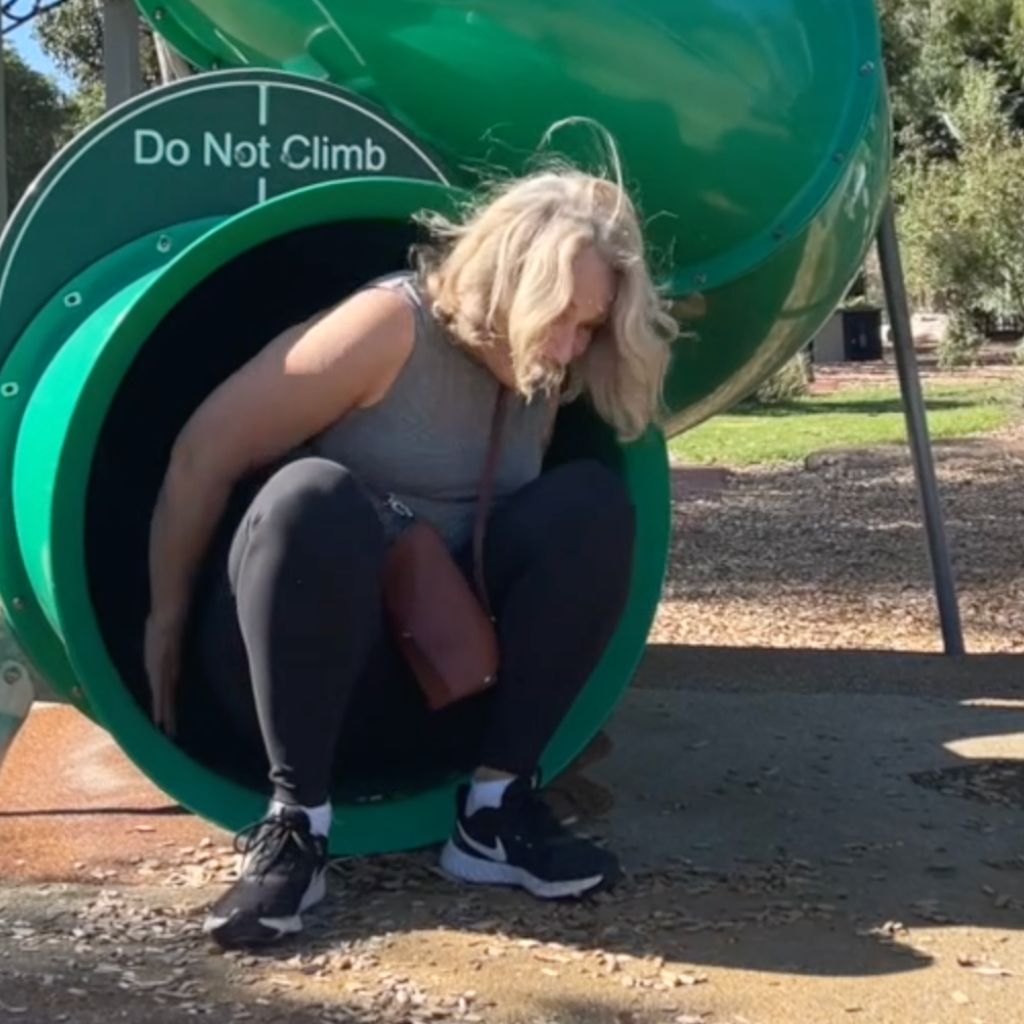
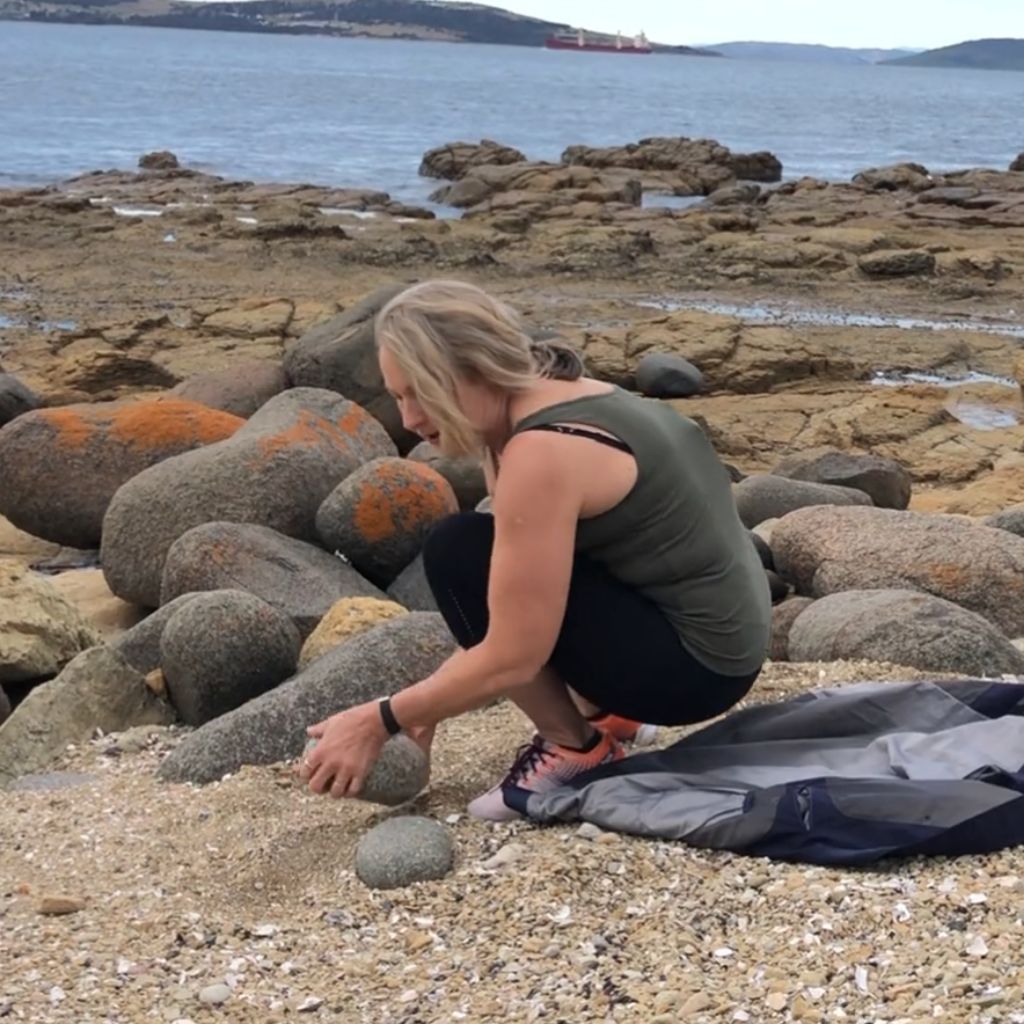
Strengthen:
Squat training improves leg strength, joint mobility, pelvic floor function, and confidence with daily transitions. With consistent practice, knees often move better—not worse.
Train with:
- Sit-to-stand squats from a chair (Good for those with significant mobility and muscle weakness)
- Goblet squats with kettlebell or dumbbell
- Banded squats to support joint alignment
- Broom assisted squats (Good for those with significant mobility and muscle weakness)
- Wall squats, either both or single leg
- Wide or sumo squats
- Squat variations, there are many, too many to list.

Resistance band squat
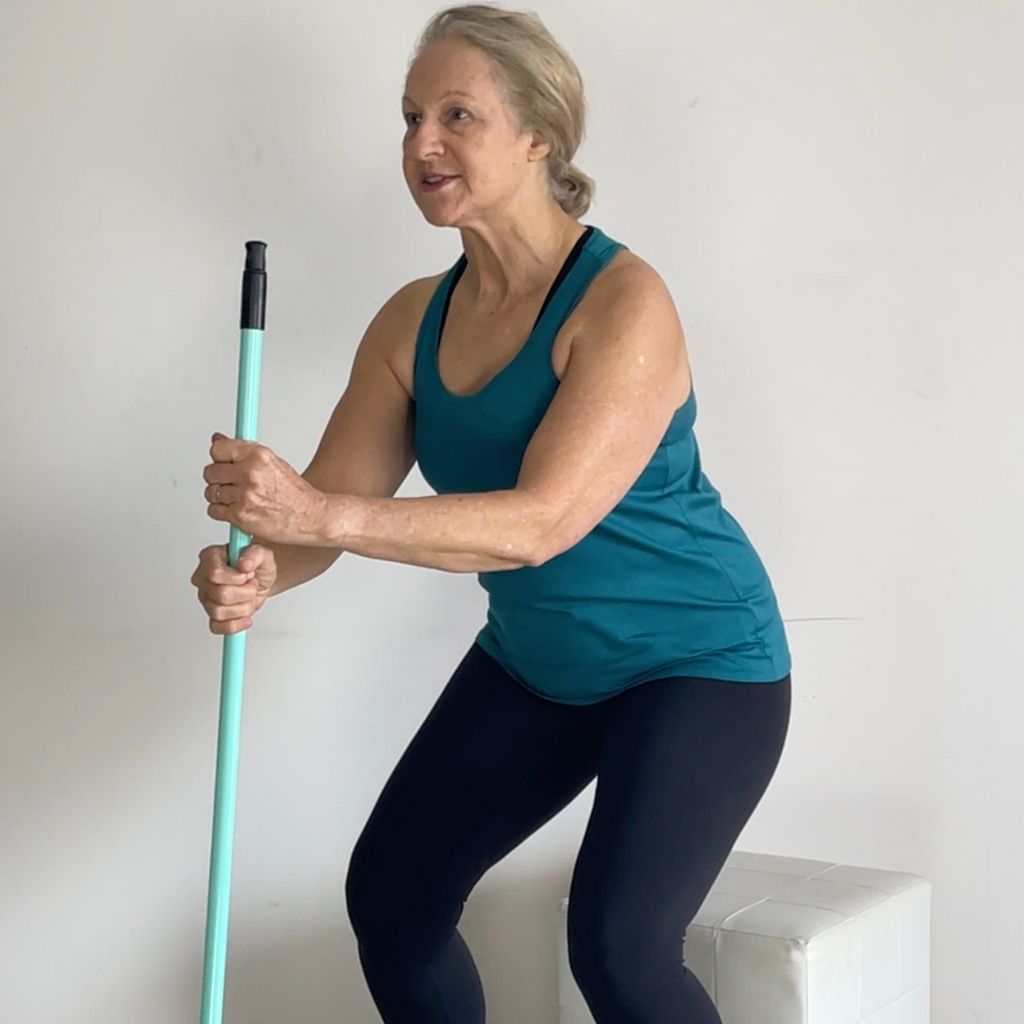
Assisted squat
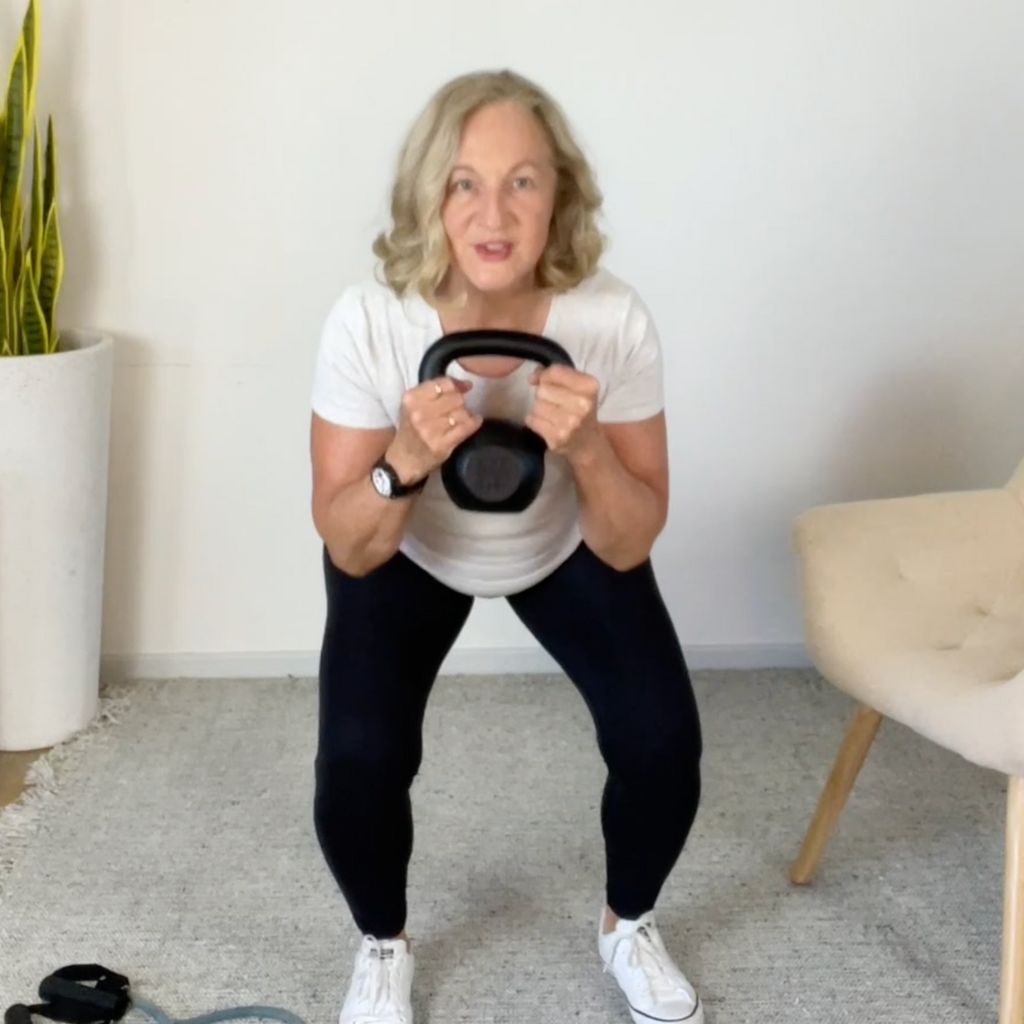
Goblet squat

Wall squat, single leg
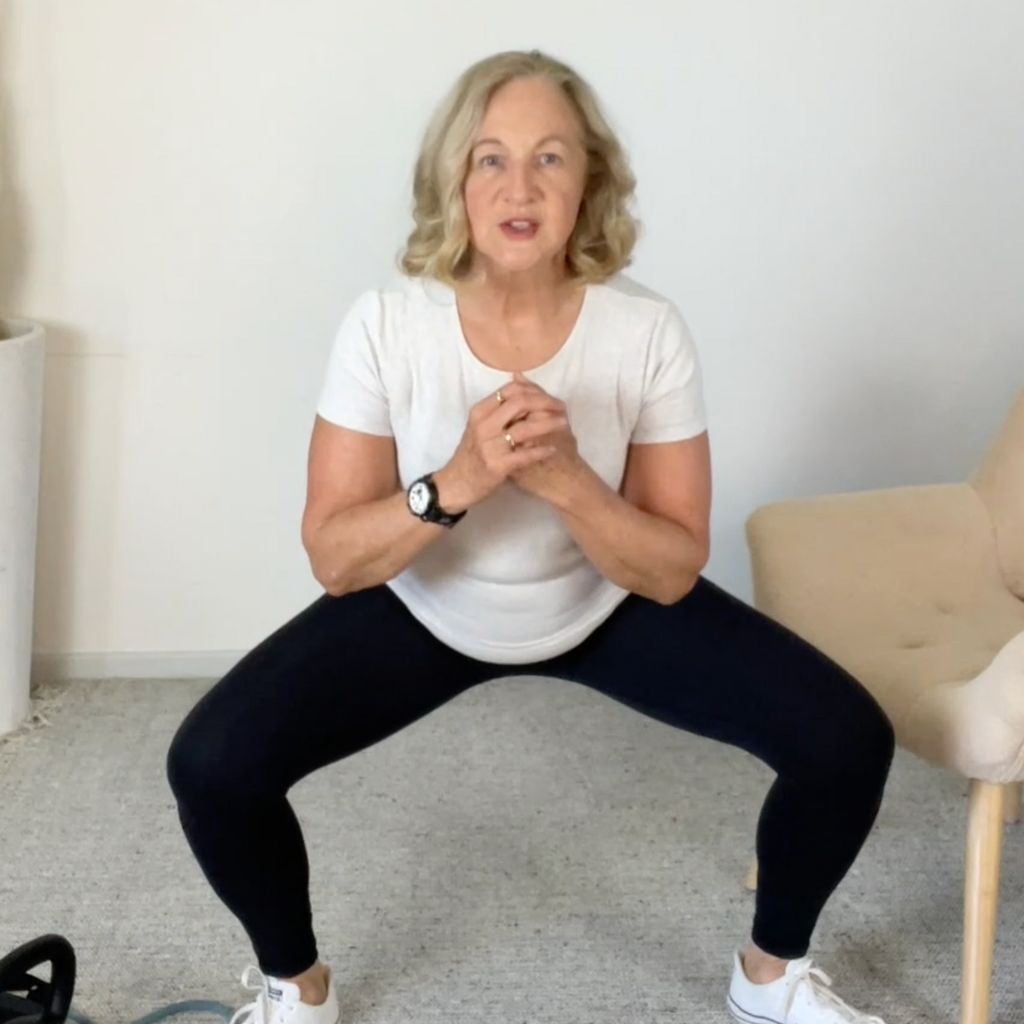
Wide (sumo) squat
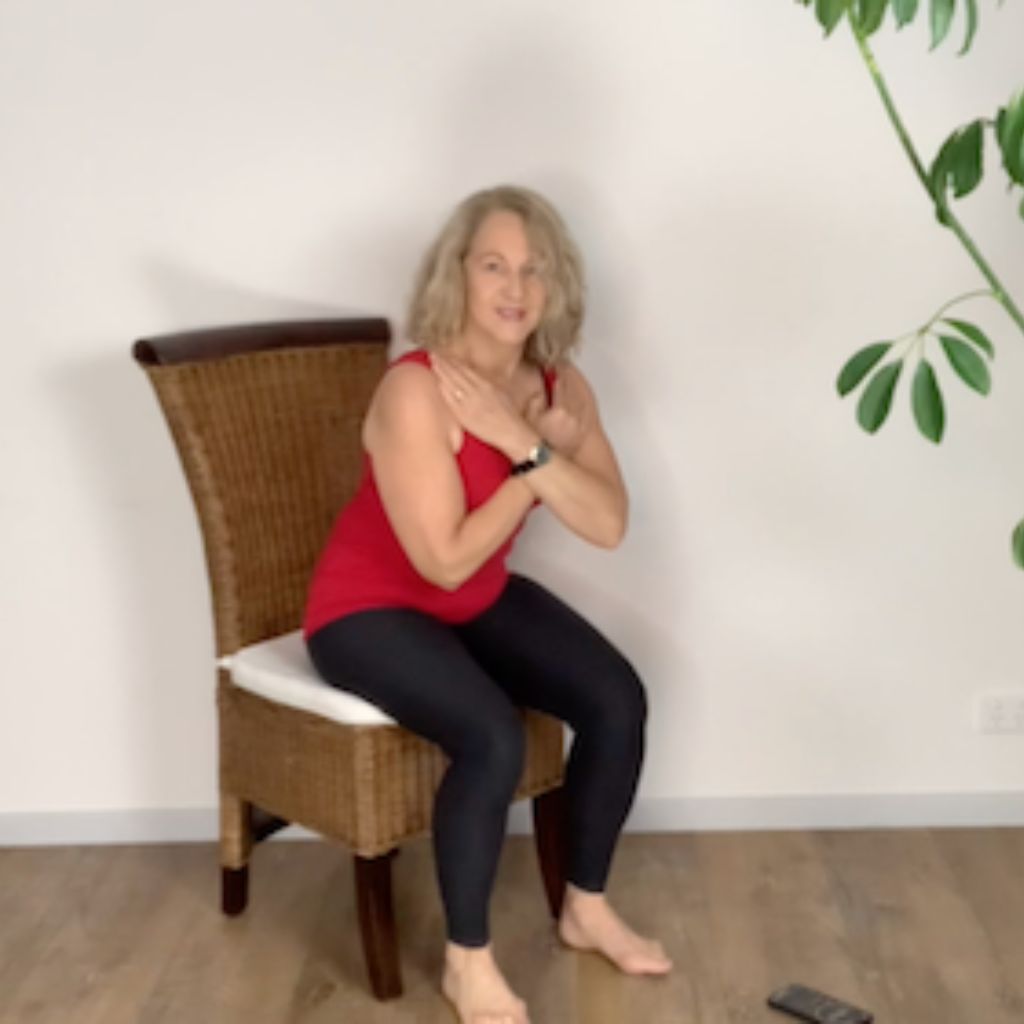
Sit-to-stand chair squat
5. Lifting Bent Over (Deadlift) – Hip and back safety
Everyday life:
This is where many back injuries happen—picking something up the wrong way. Whether it’s lifting a child or pulling weeds, poor technique leads to chronic pain or dangerous slips.
Examples:
- Picking up a grandchild, box, or heavy pot
- Reaching down for laundry or pet food
- Moving garden tools or pot plants
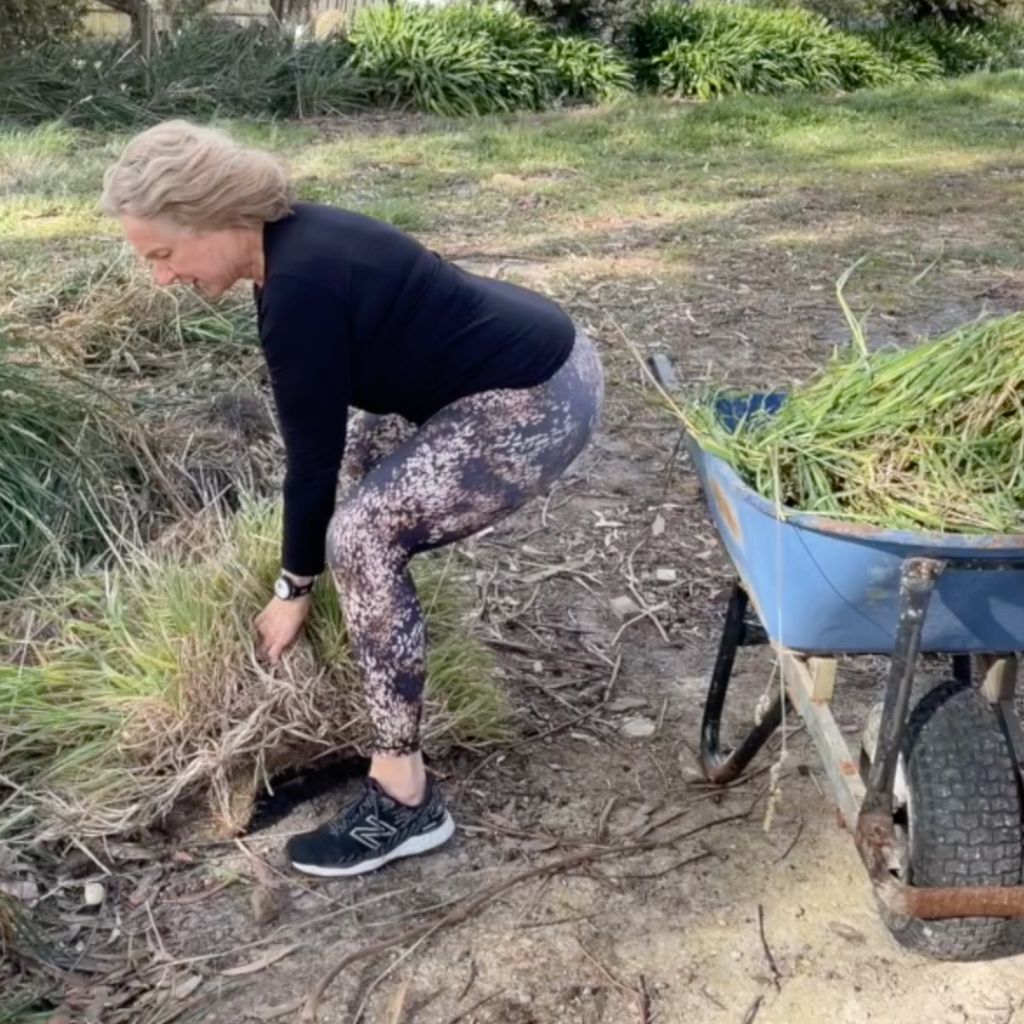
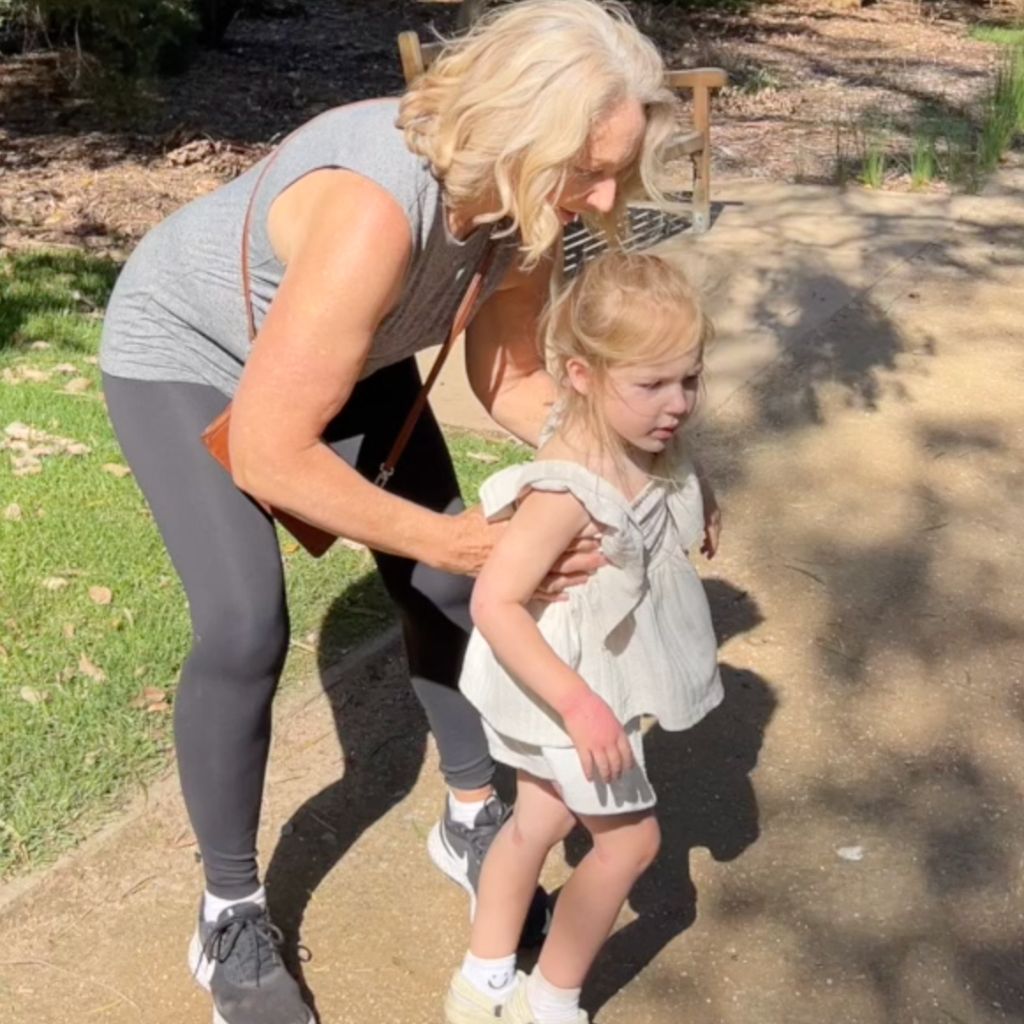
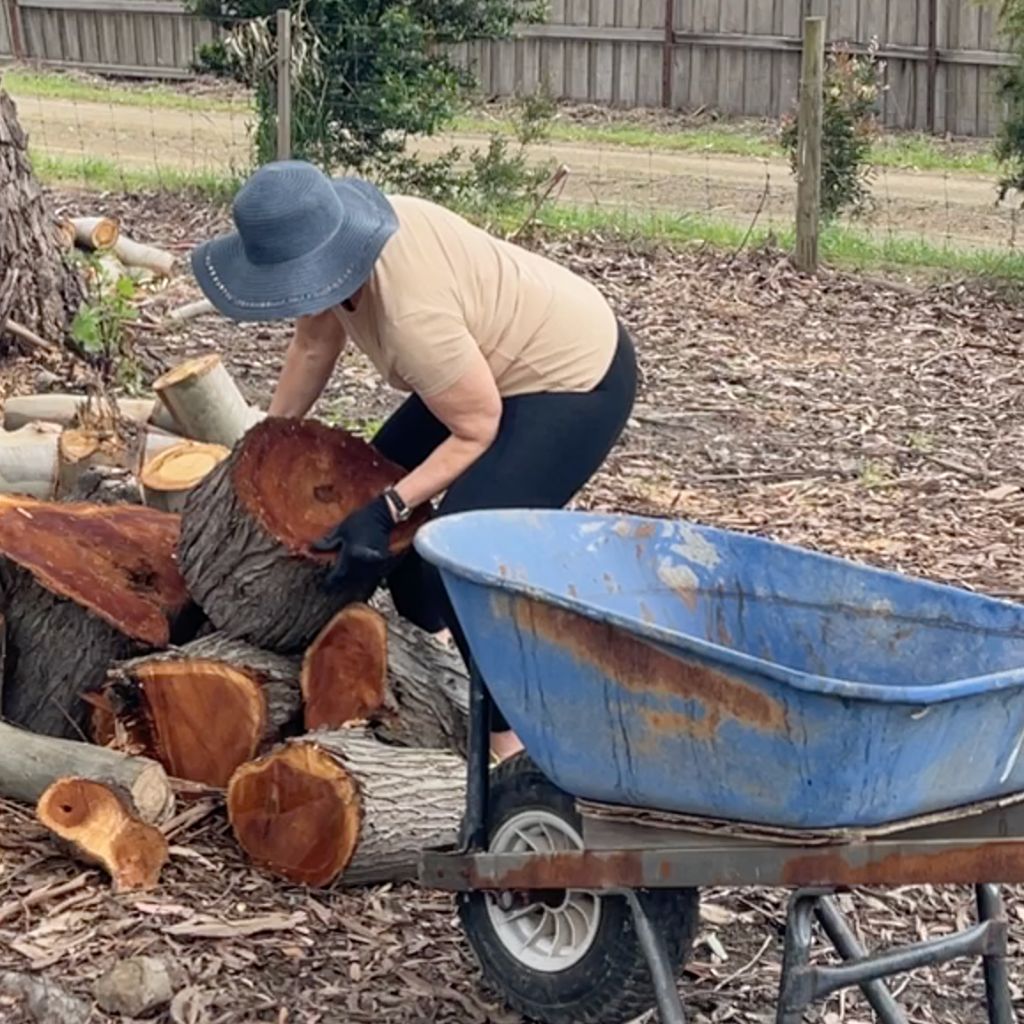
Strengthen:
Deadlift training develops safe hinge mechanics, core bracing, and posterior chain strength (glutes, hamstrings, and lower back)—essential for protecting your spine and making everyday bending effortless.
Train with:
- Dumbbell or kettlebell deadlifts
- Wide-leg deadlifts for stiff knees or hips
- Single leg deadlifts, assisted (wall or broom) and unassisted. These incorporate the added dimension of balance
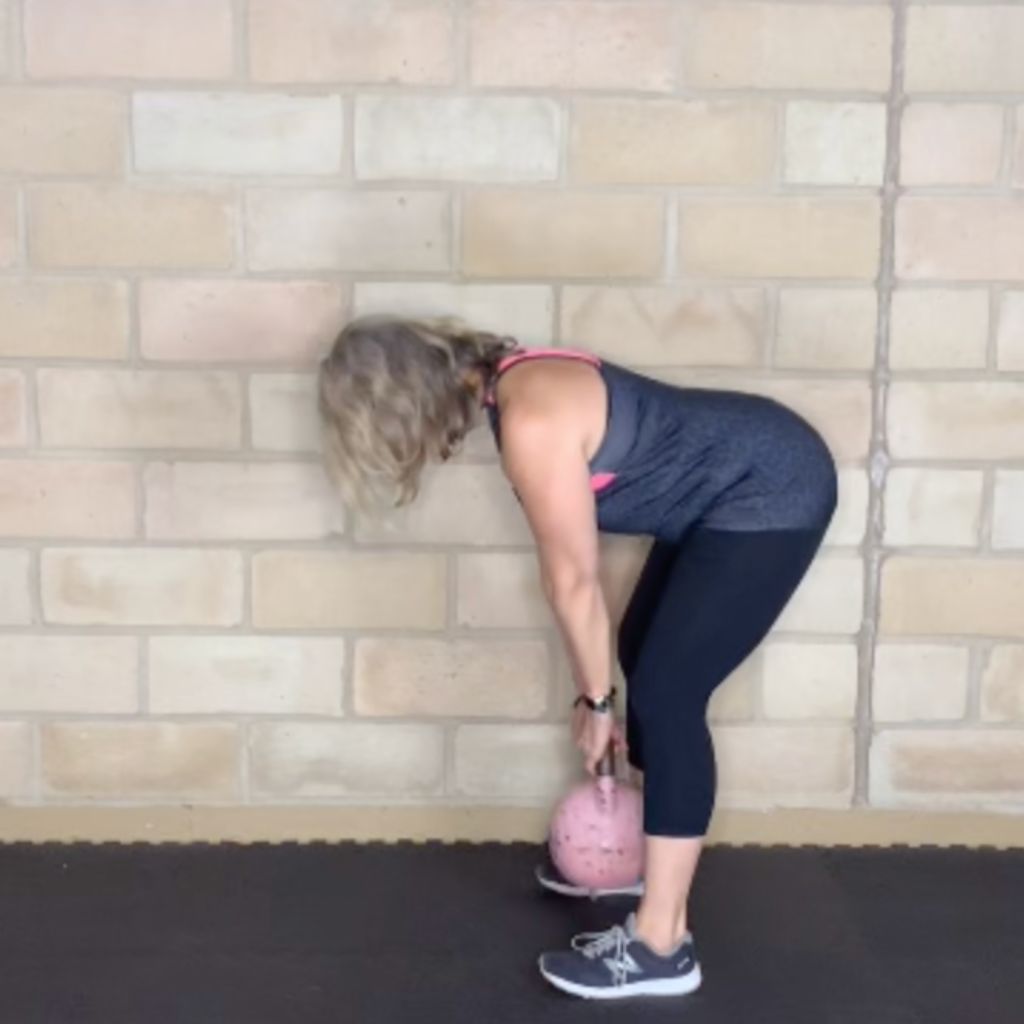
Bended lift (Deadlift) with kettlebell

Wide deadlift positioning
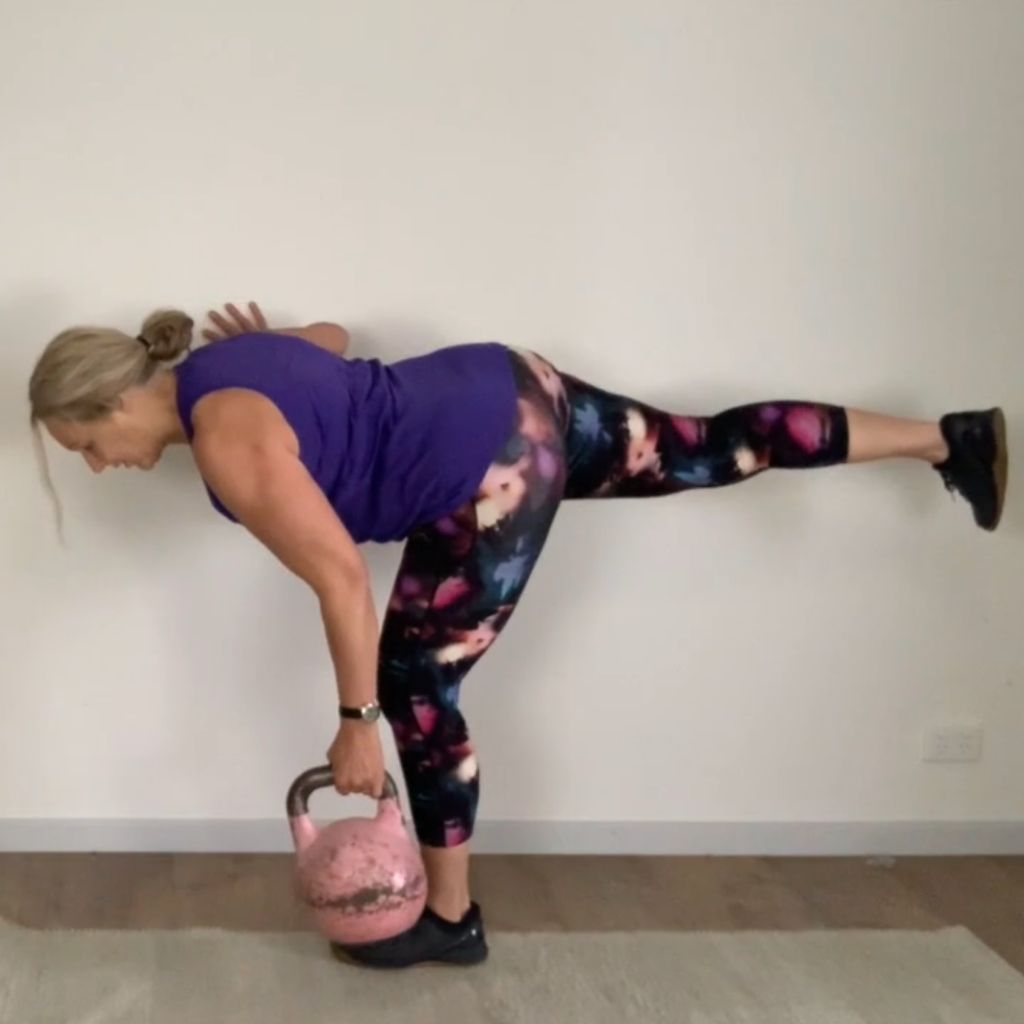
Kettlebell single deadlift assisted
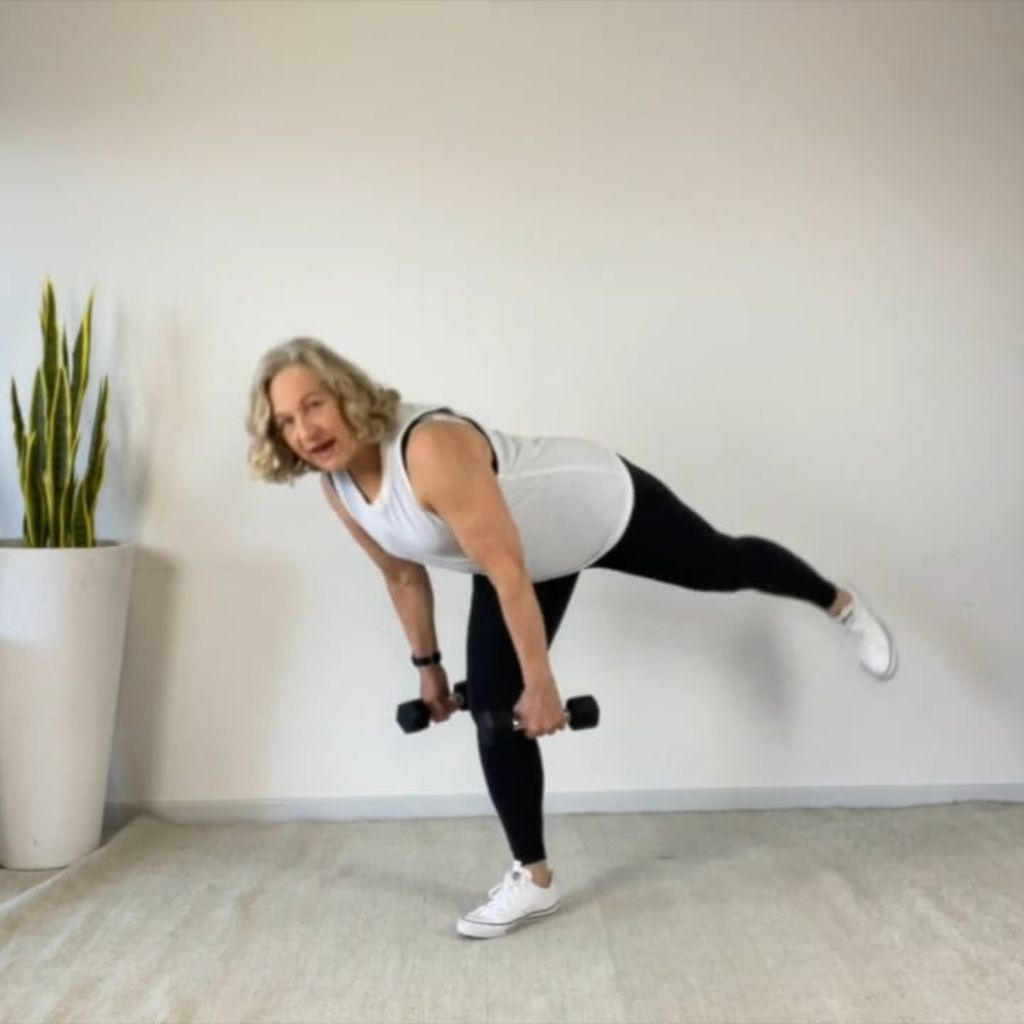
Unassisted single deadlift with dumbbells
6. Lifting Overhead (Press) – Shoulder mobility and strength
Everyday life:
When you can’t reach overhead, you start needing help for everything from putting away groceries to storing a suitcase. That sense of limitation adds up—and fast.
Examples:
- Reaching for pantry shelves
- Lifting an overnight bag into the car
- Placing items into overhead compartments
- Throwing and catching with grandkids
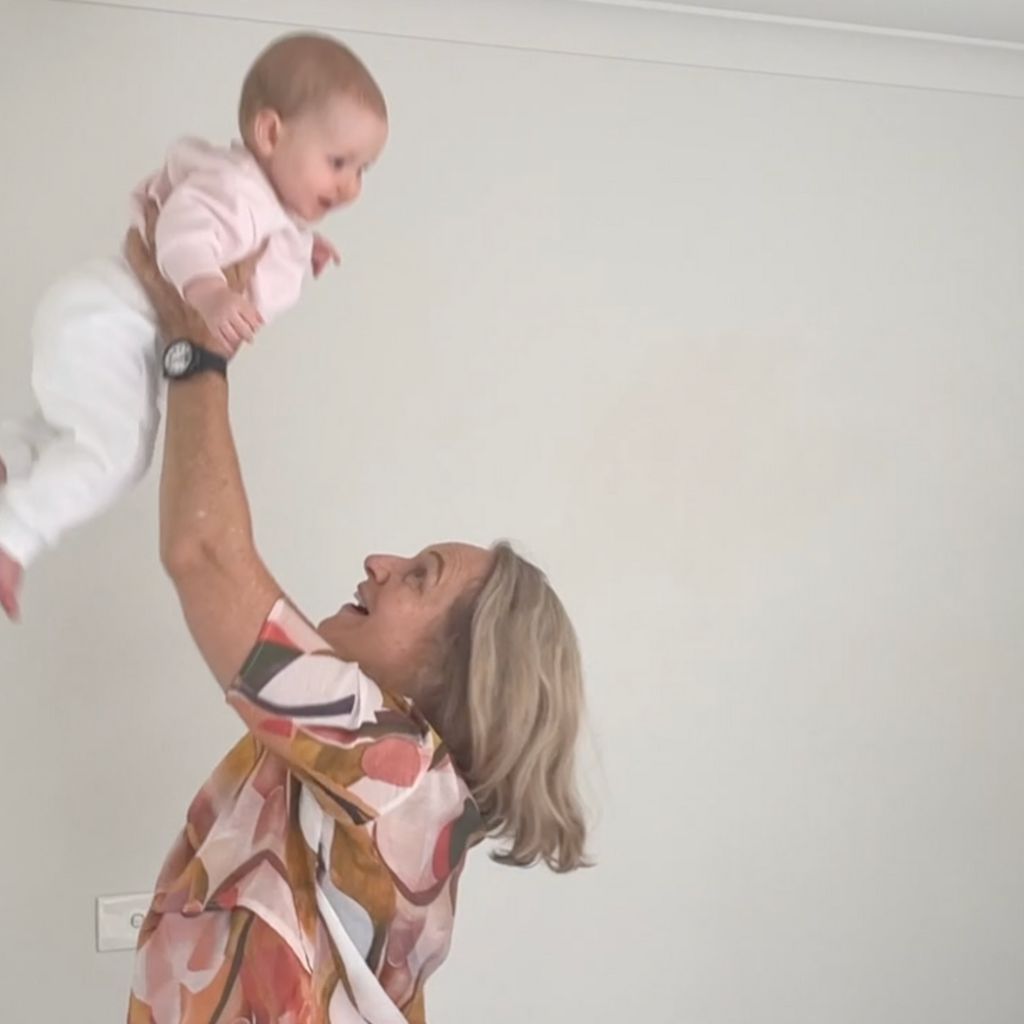
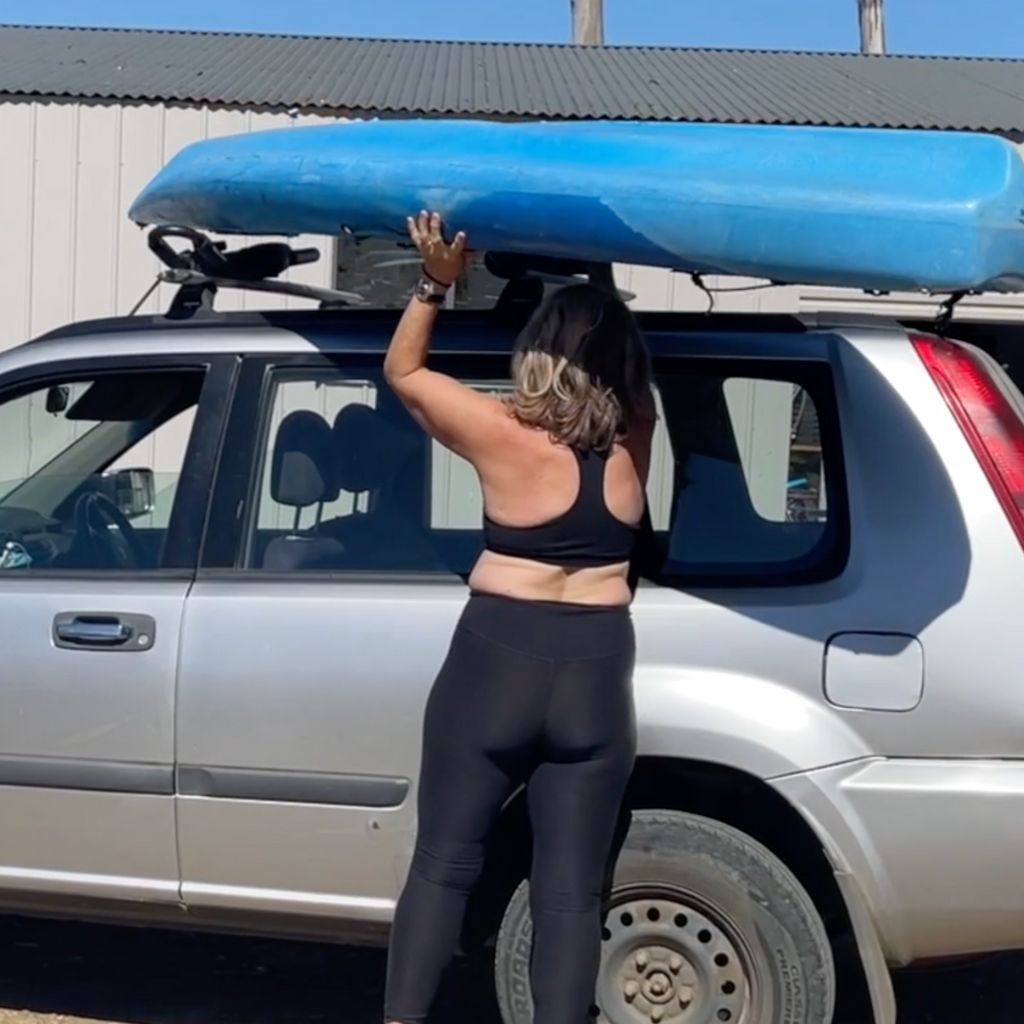

Strengthen:
Overhead training builds shoulder integrity, thoracic mobility, and upper body coordination. It can also reduce that rounded “hunched” posture by encouraging proper alignment.
Train with:
- Overhead presses with bands or dumbbells
- Front raises for anterior shoulder strength
- Upright rows with dumbbells

Dual arm overhead press with dumbbells
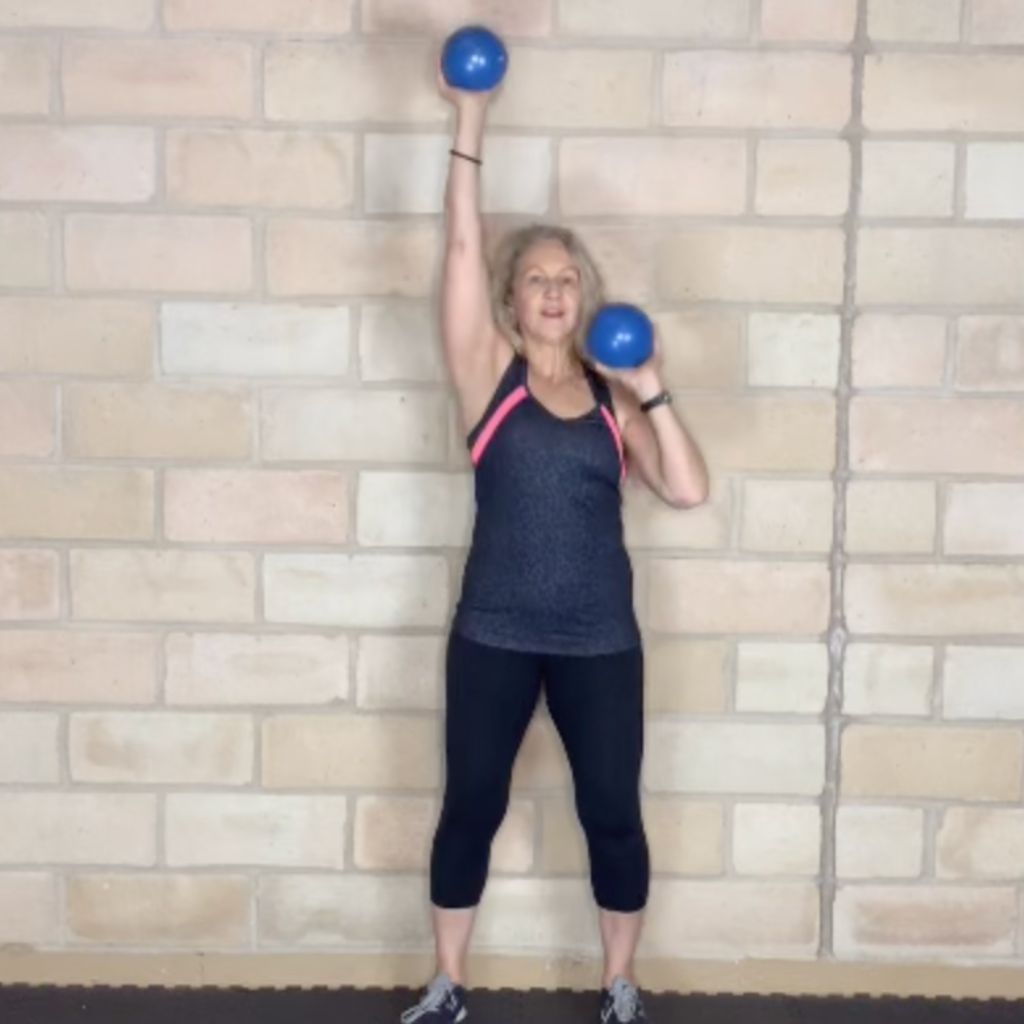
Single overhead press with weighted balls
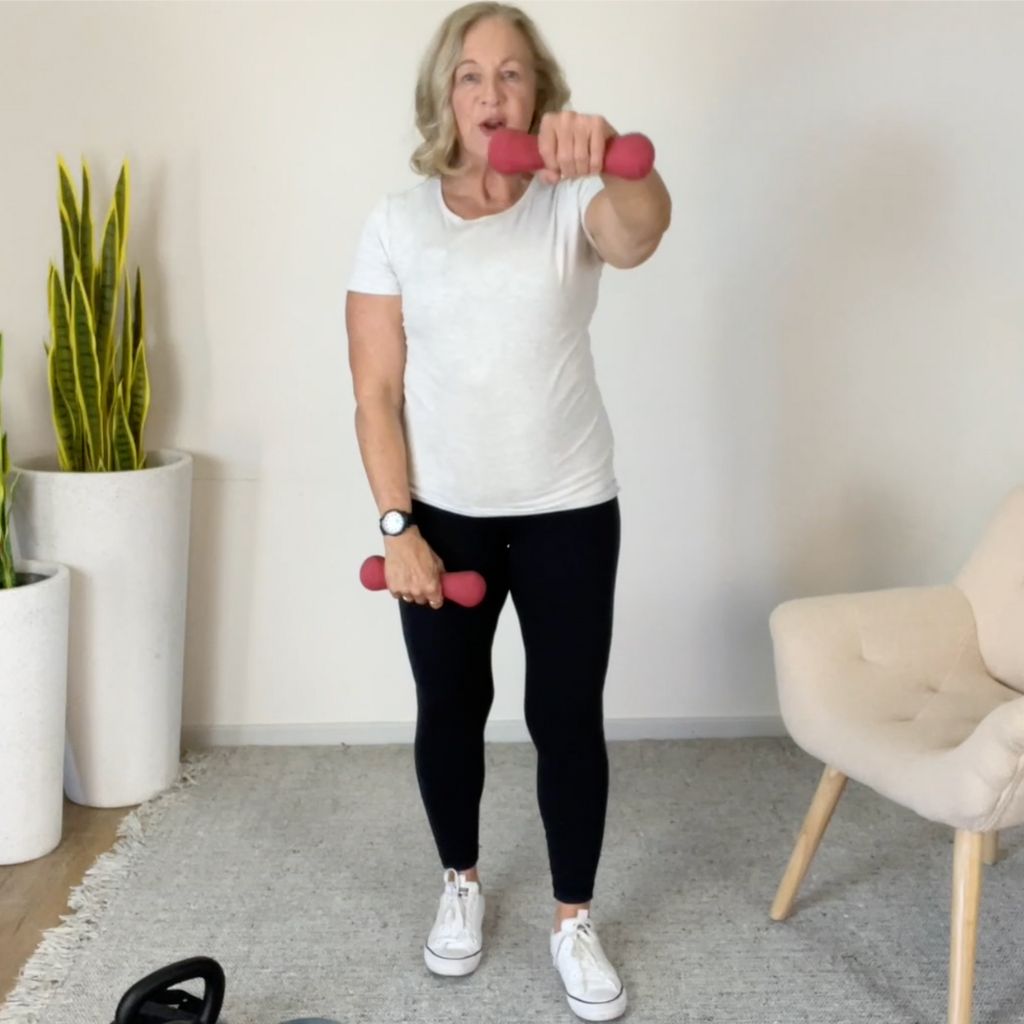
Front raises with dumbbells
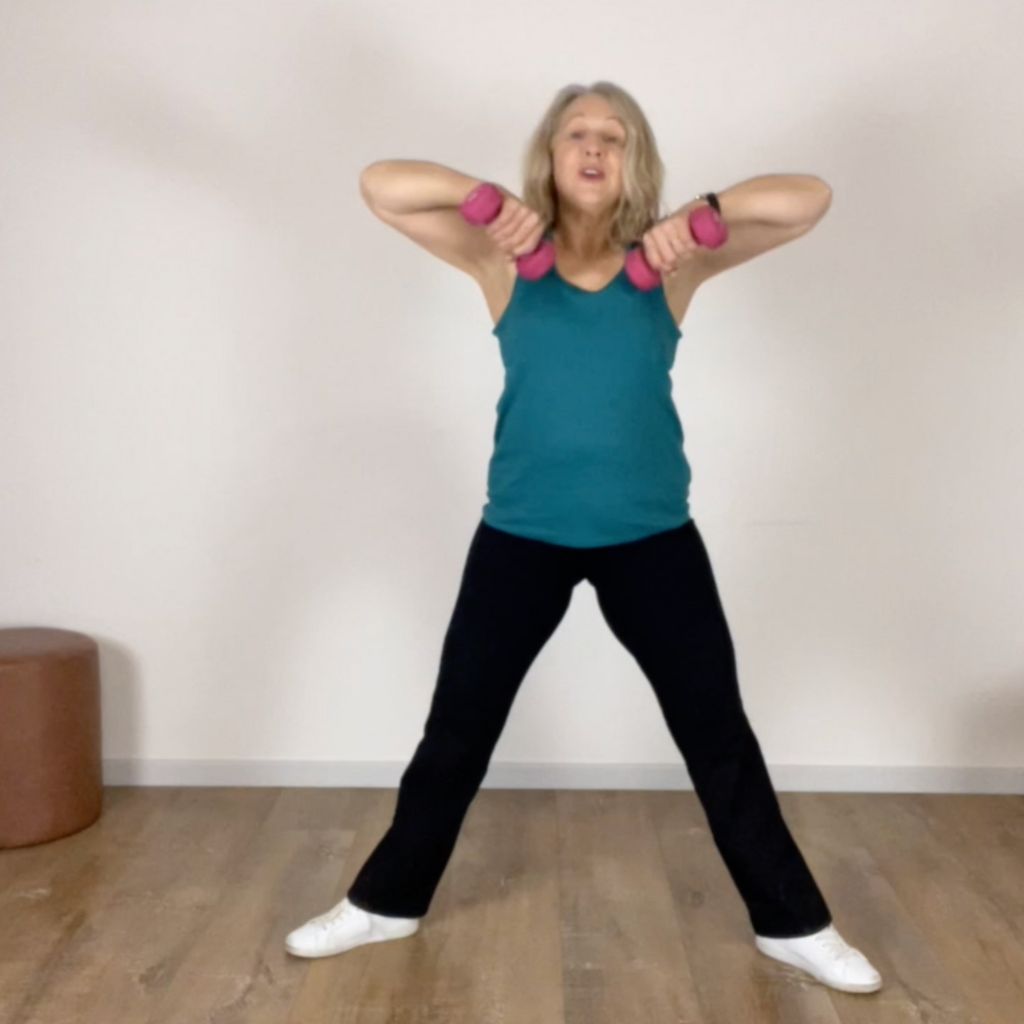
Upright front rows with dumbbells
7. Lunging – One-leg strength and balance
Everyday life:
When we lose the ability to lunge, we lose confidence stepping over things, walking on uneven ground, or moving quickly when we need to react. Without single-leg strength, the body compensates—and that’s where injury risk climbs.
Examples:
- Stepping over a fallen branch or a curb
- Hiking or bushwalking (hello, snakes!)
- Climbing stairs or stepping up onto a ledge
- Reaching across garden beds or around furniture


Strengthen:
Lunging trains balance, leg strength, and directional control. It gives you the confidence to move forward, backward, and sideways—on your terms. Even if your knees don’t like traditional lunges, we train with variations that meet your body where it’s at.
Train with:
- Un-assisted lunge walks both forwards and reverse. Variations could include carrying dumbbell or kettlebell in one hand or in both hands
- Assisted reverse lunges using a wall, broomstick, or chair
- Tap-back lunges for gentle progression
- Side lunges or short stance lunges to reduce joint stress. Great to incorporate these with a leg band
- Step ups on stairs
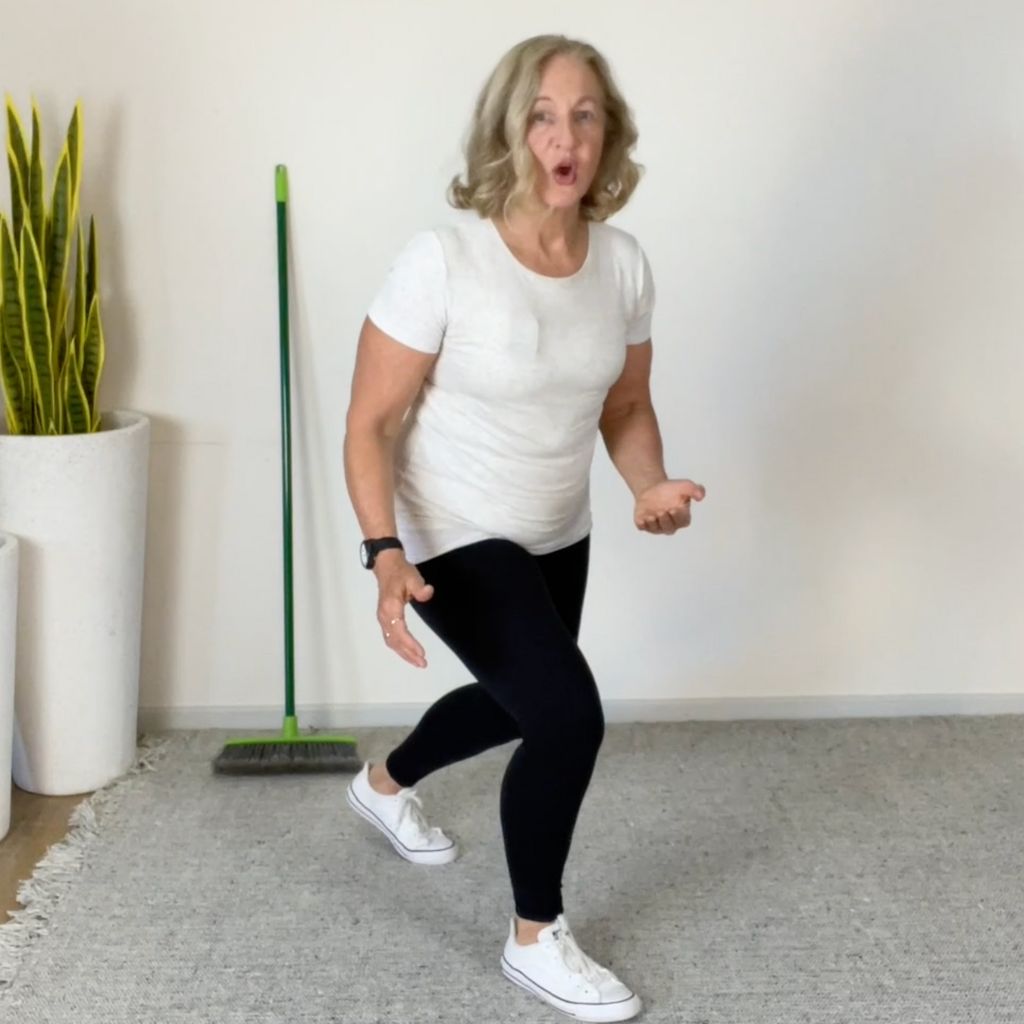
Un-assisted lunge walks
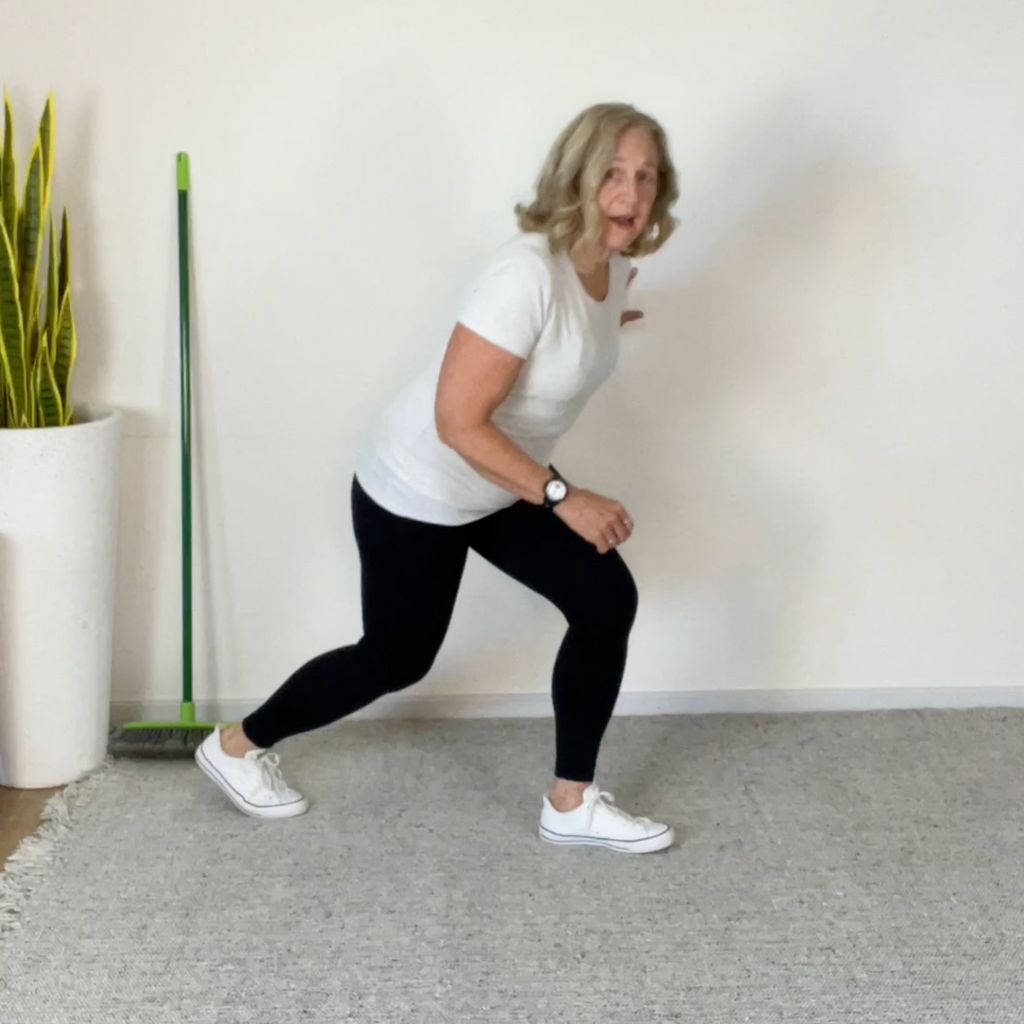
Wall assisted reverse lunge
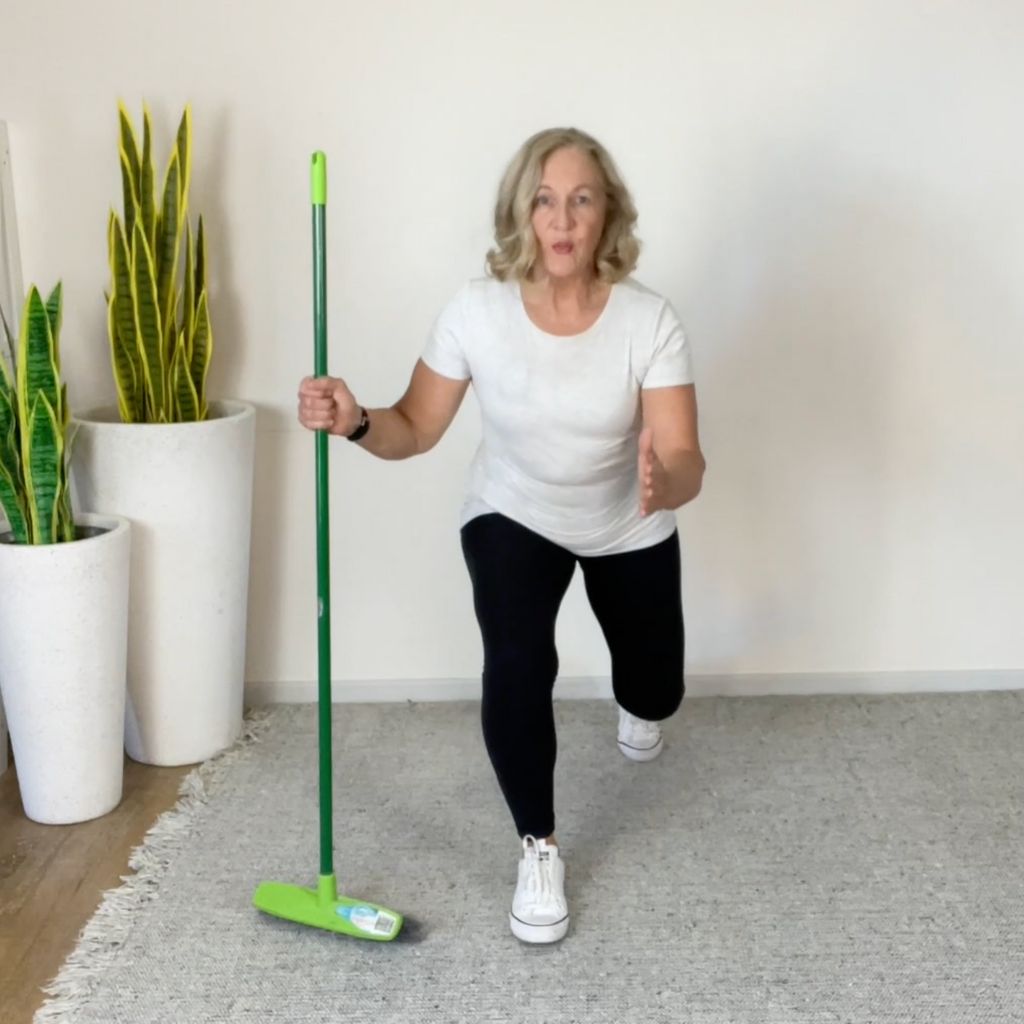
Broom assisted reverse lunge
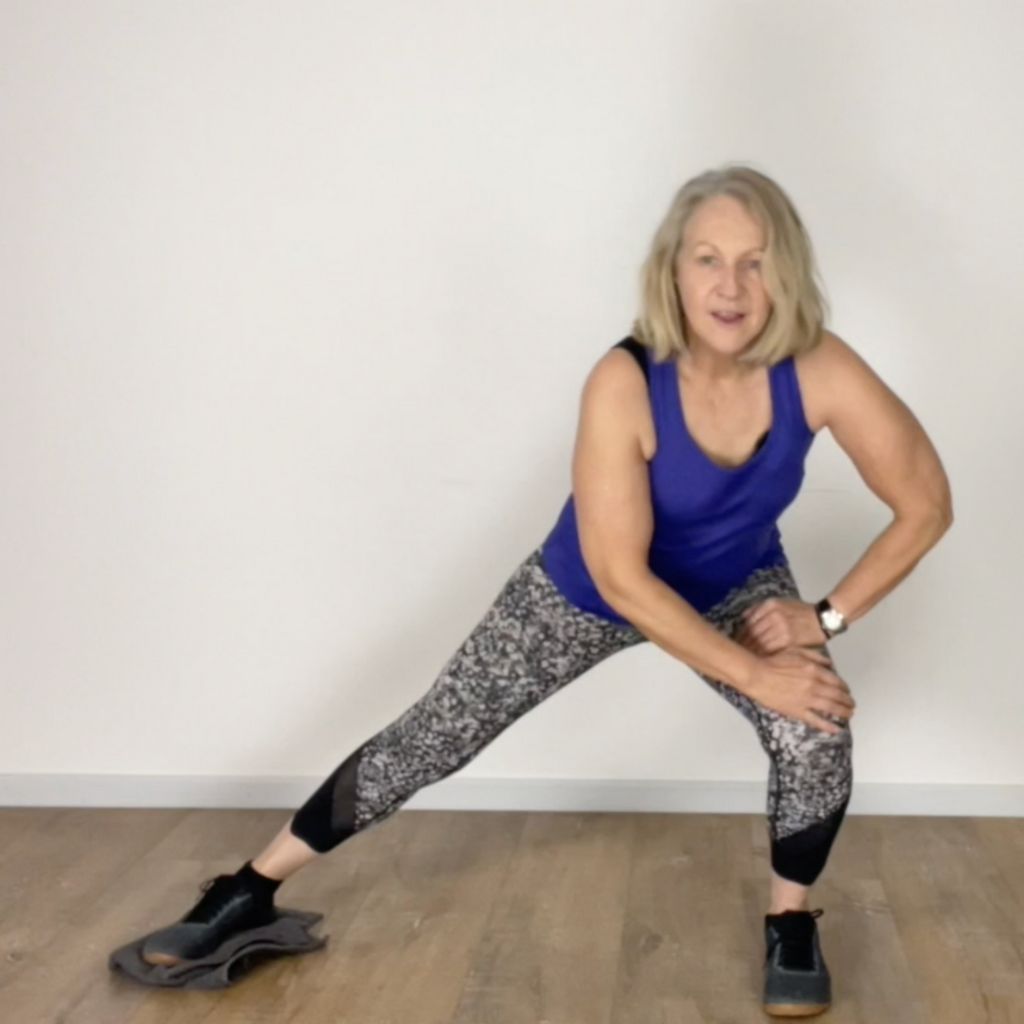
Side lunge with slider or towel

Leg band steps, forward/reverse
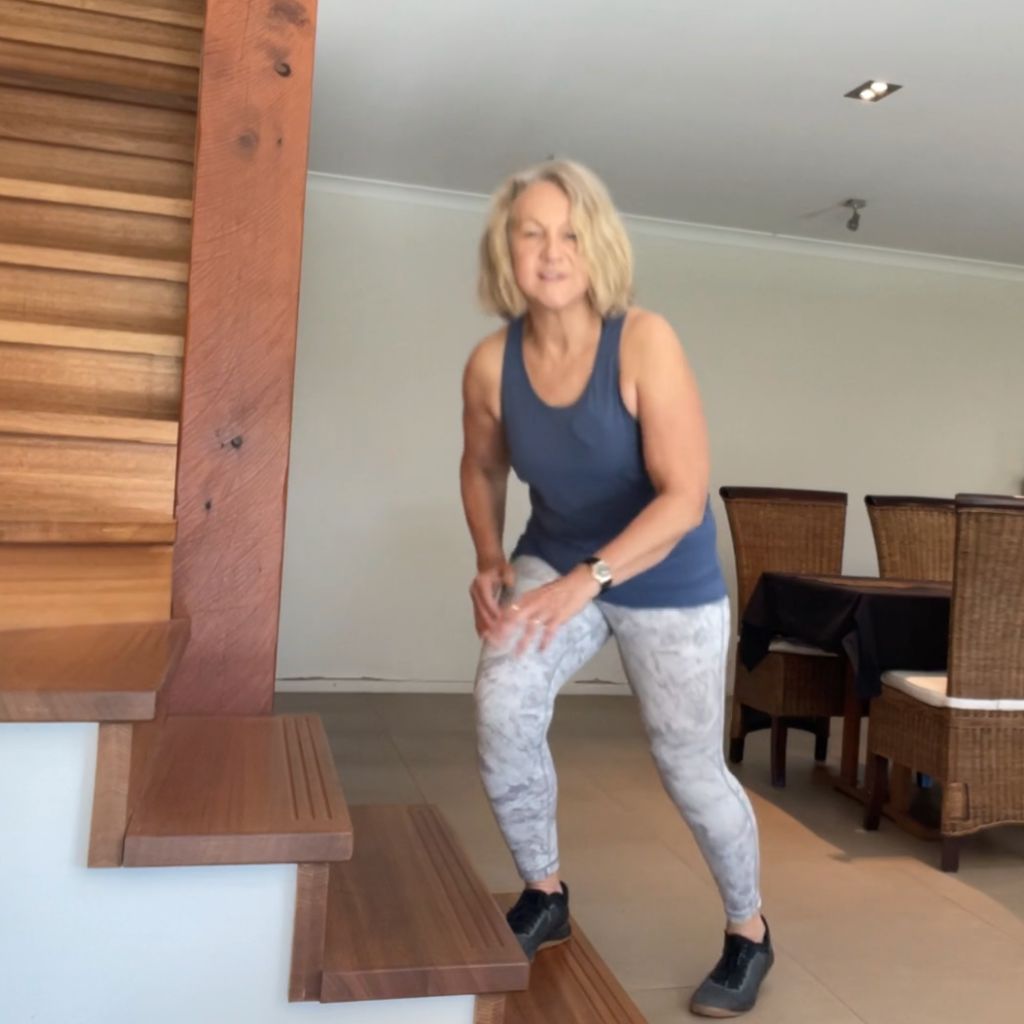
Step ups on stairs
8. Pulling – Posture and upper back strength
Everyday life:
A weak back leads to that “rounded forward” look—hello, kyphosis. Poor pulling strength makes it hard to open doors, manage garden tools, or even keep good posture at your desk.
Examples:
- Pulling a heavy log from wood pile
- Starting a lawnmower or pulling out weeds
- Rowing a kayak or stand up paddle-board
- Pulling something behind you

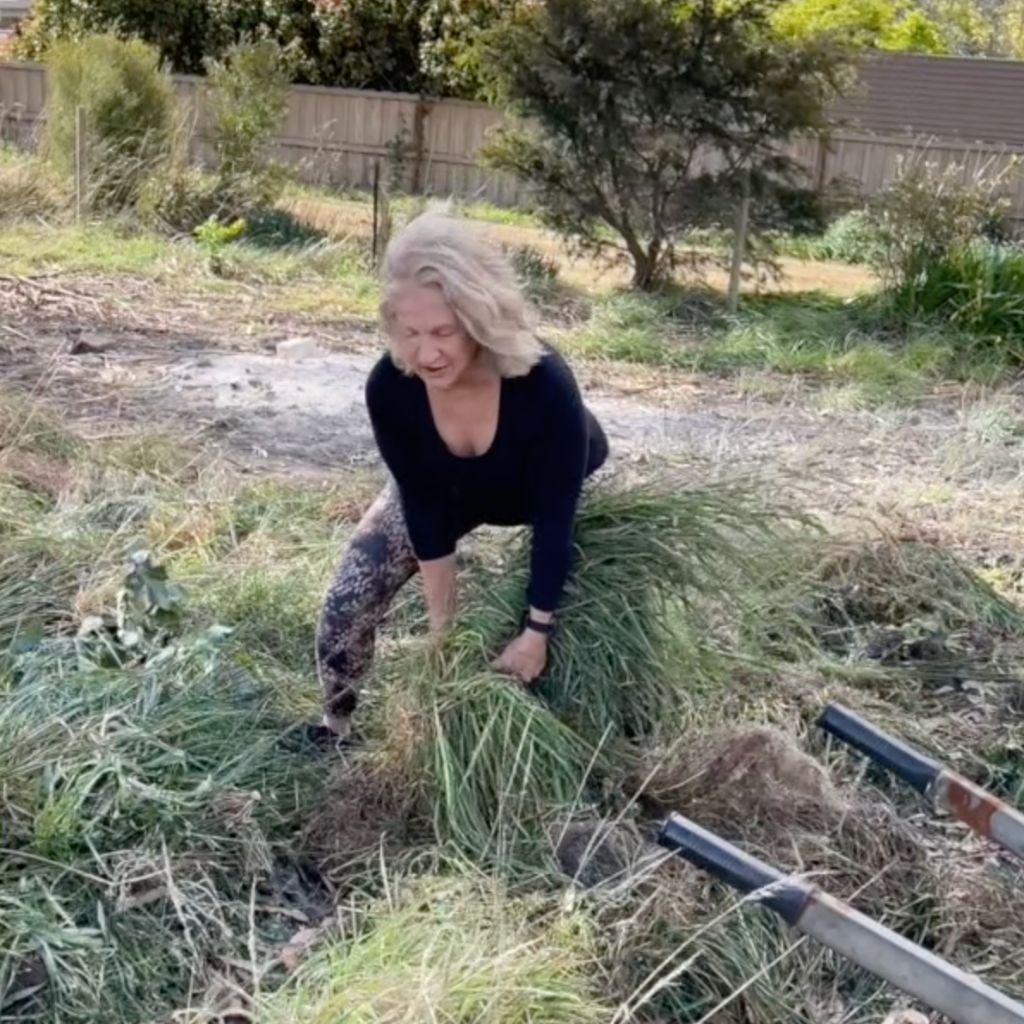
Strengthen:
Pulling movements activate the upper back, lats, and posterior shoulders—the muscles that keep you upright, pain-free, and confident. They help balance out years of computer or caregiving posture.
Train with:
- Resistance band upright rows (anchored under foot)
- Dumbbell or kettlebell rows
- TRX pull ups
- Resistance band standing rows (door-anchored)
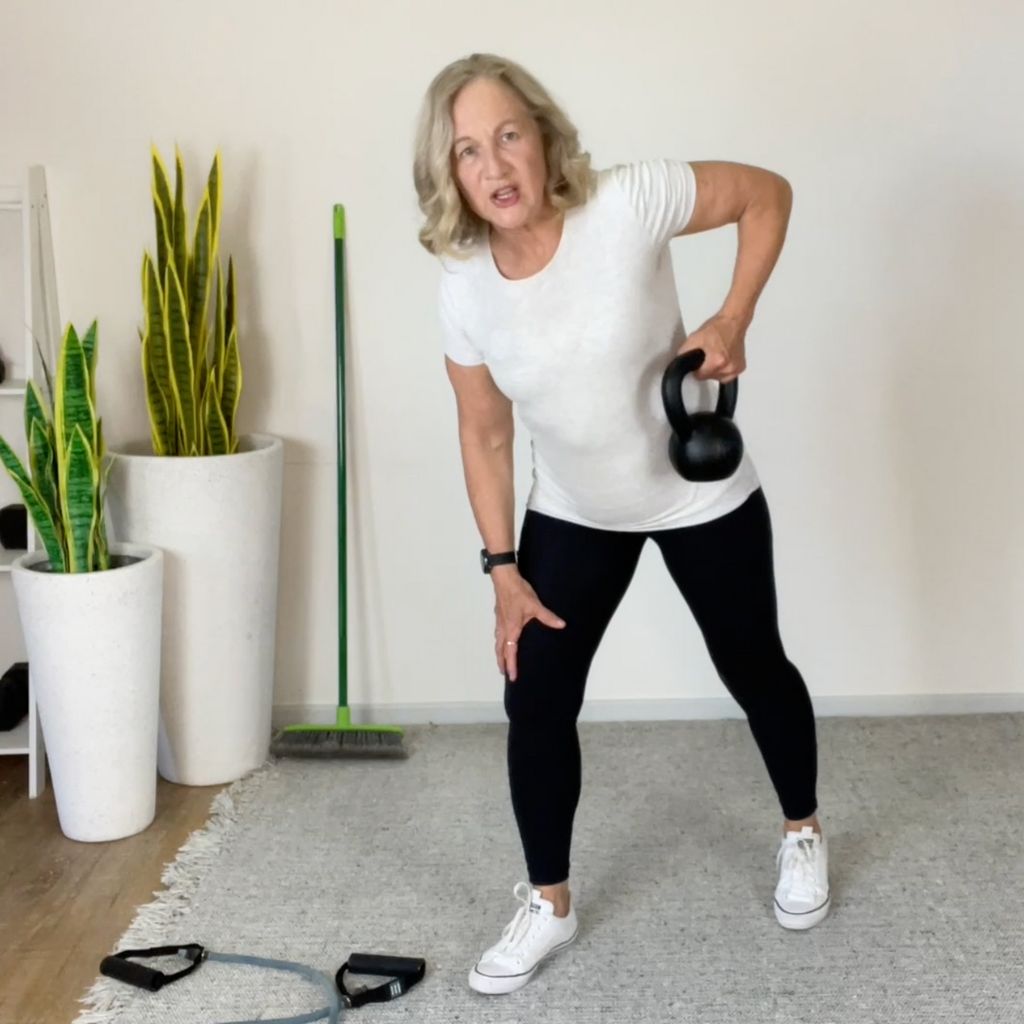
Kettlebell rows
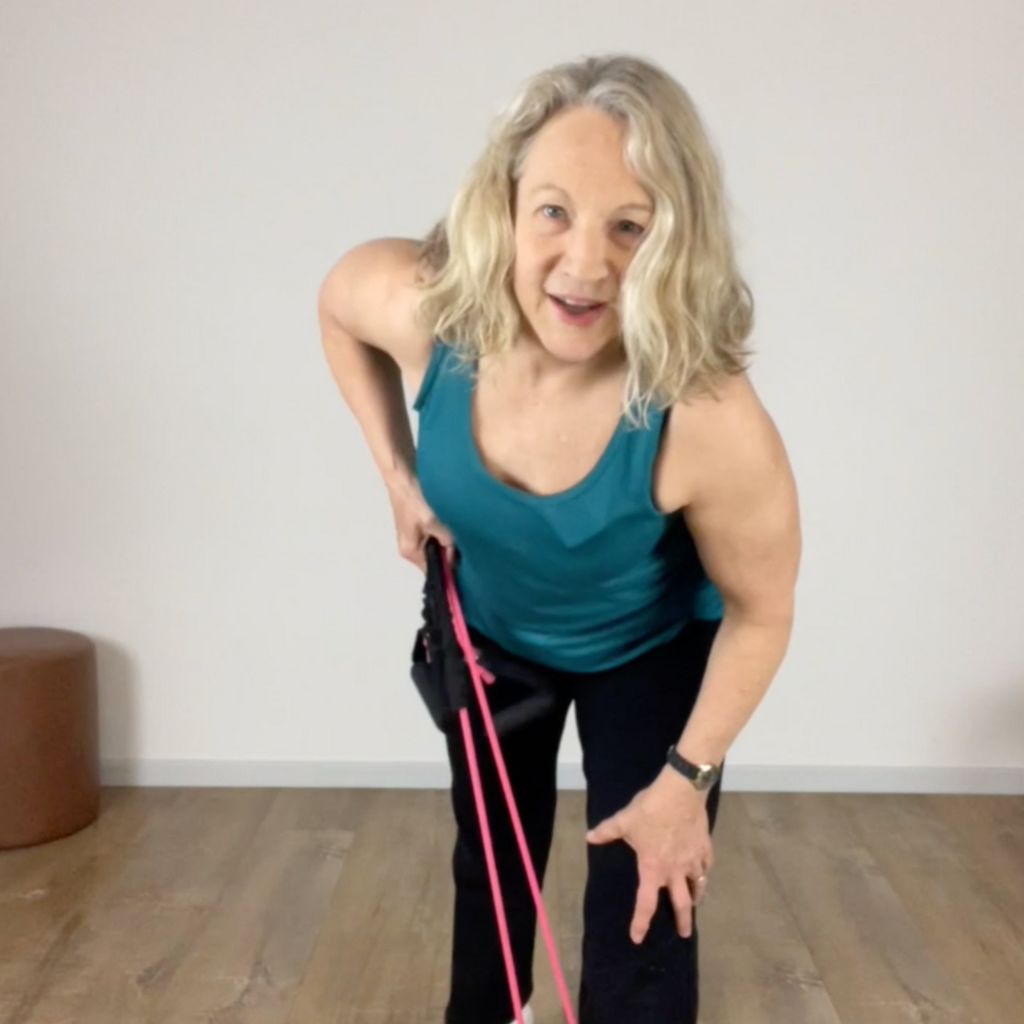
Resistance band single arm upright rows
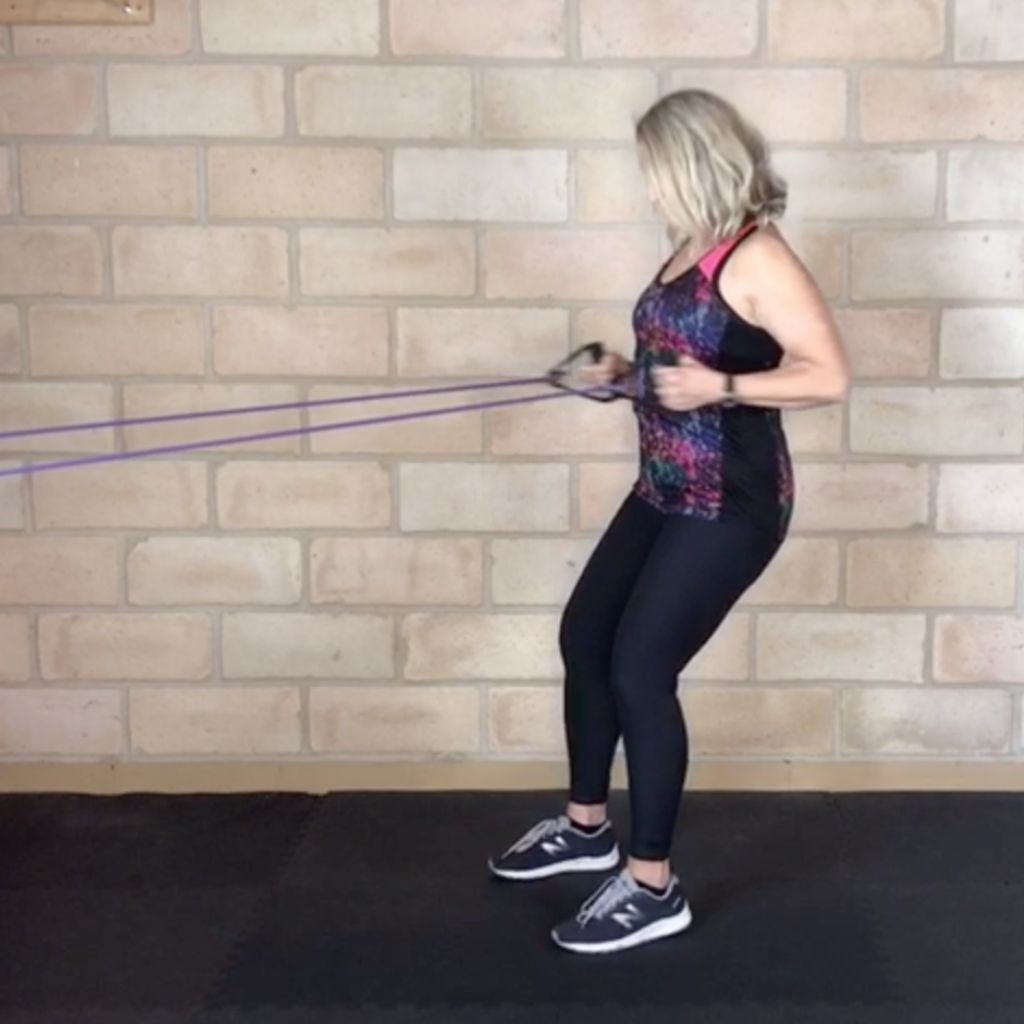
Resistance band double arm standing rows
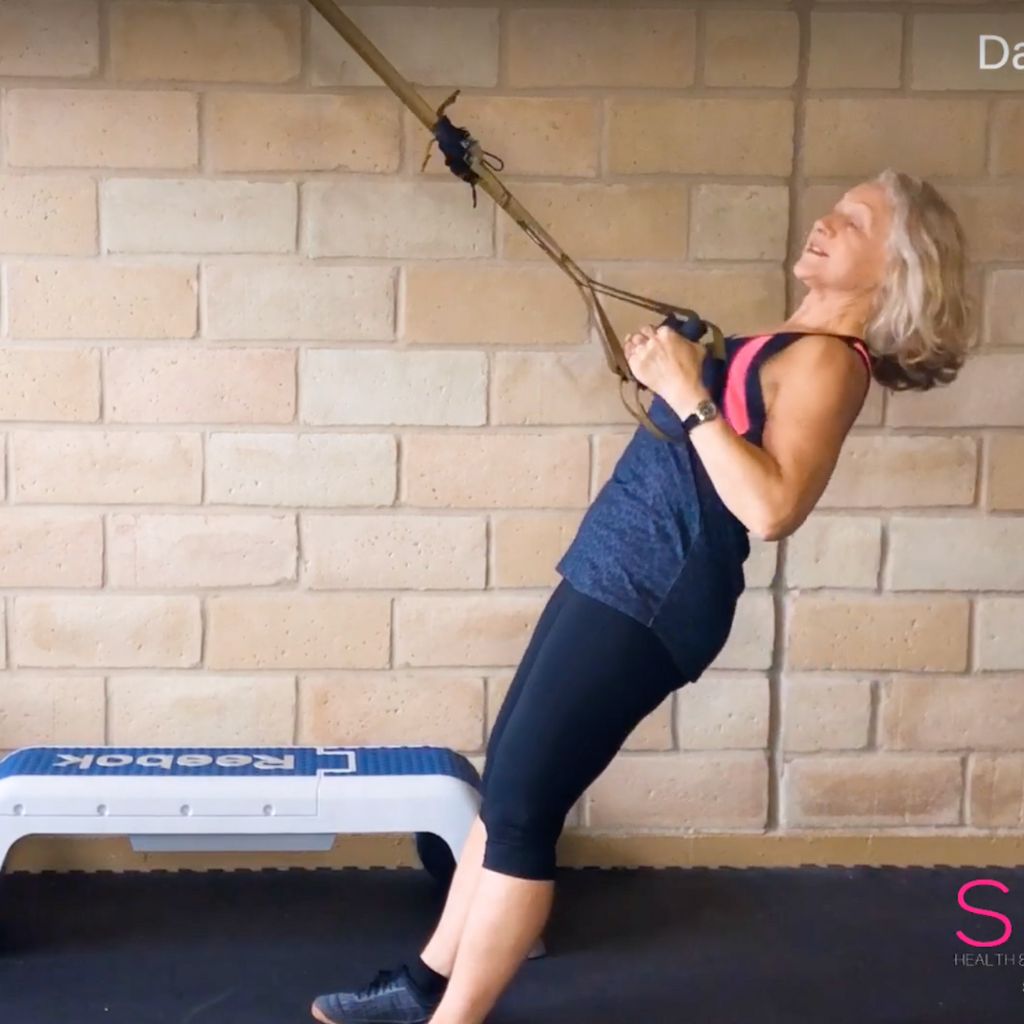
TRX pull ups
9. Pushing – Upper body and chest power
Everyday life:
If you’ve ever struggled to push open a heavy store door or stroller, you’ve felt this one. As we age, upper body pushing strength can fade fast—unless we train it.
Examples:
- Pushing a stroller (or a double one for twins!)
- Repositioning furniture
- Closing heavy sliding doors
- Getting up from the floor or pushing off a chair
- Pushing wheelbarrow when gardening
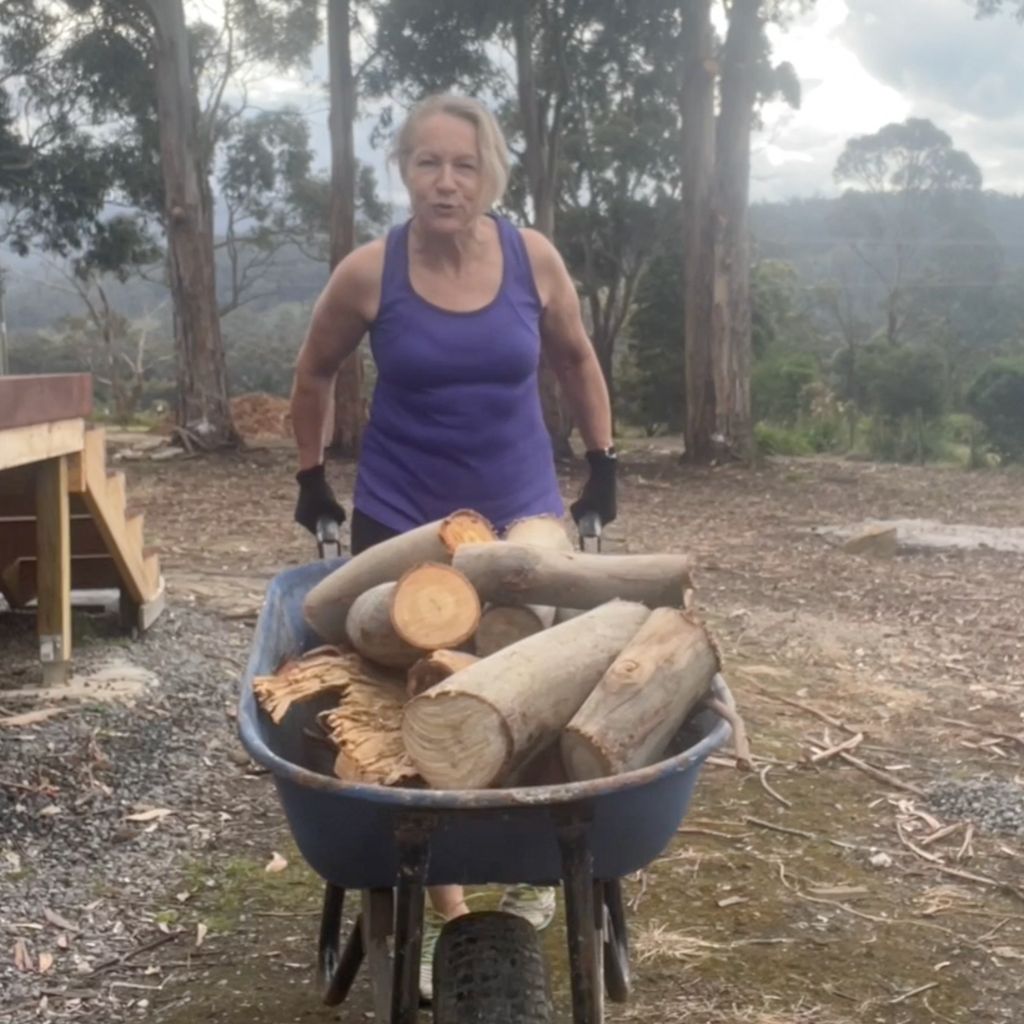

Strengthen:
Pushing builds chest, shoulders, triceps, and core control. It’s also a huge confidence booster—knowing you’re strong enough to handle whatever’s in front of you.
Train with:
- Wall push-ups and incline push-ups
- Chair push-ups with controlled form
- Resistance band chest presses
- Lying single or double arm press (benchpress)

Chair pushup
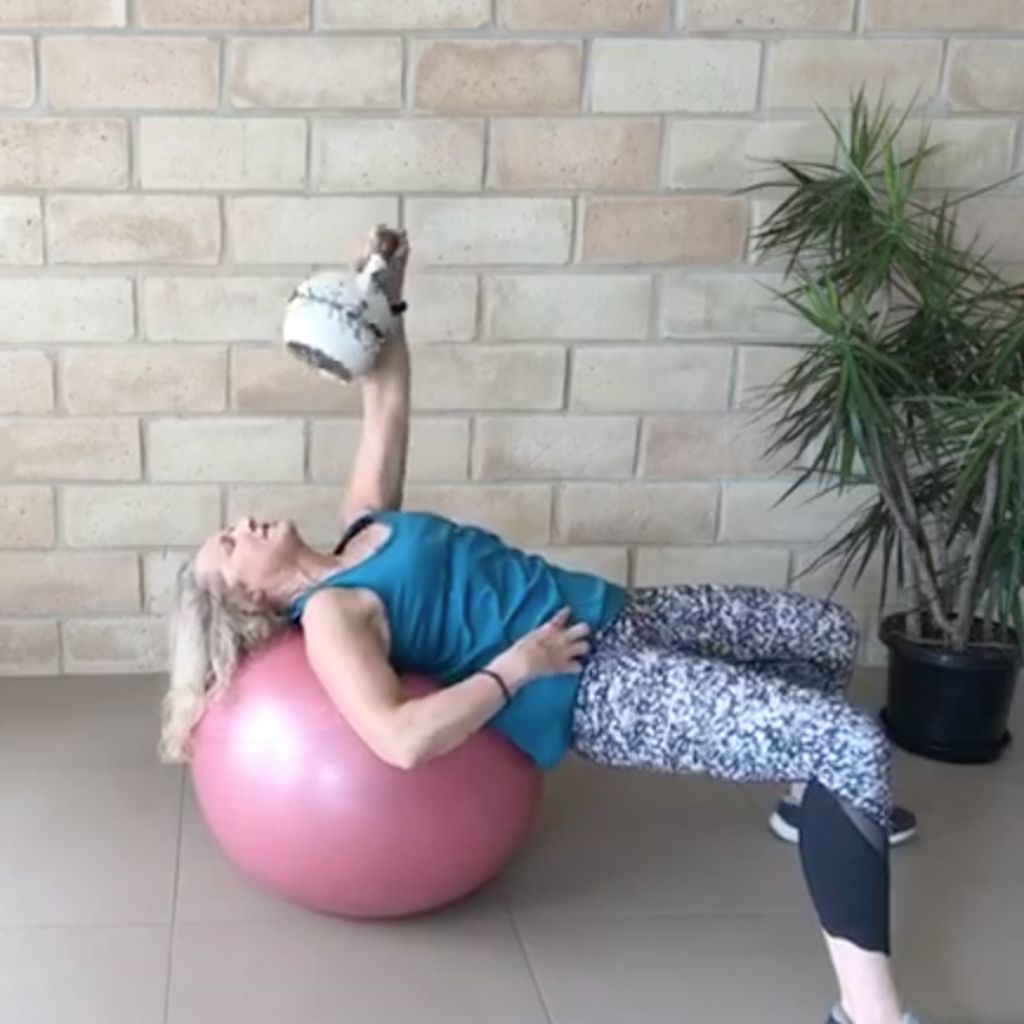
Fitball lying single arm press
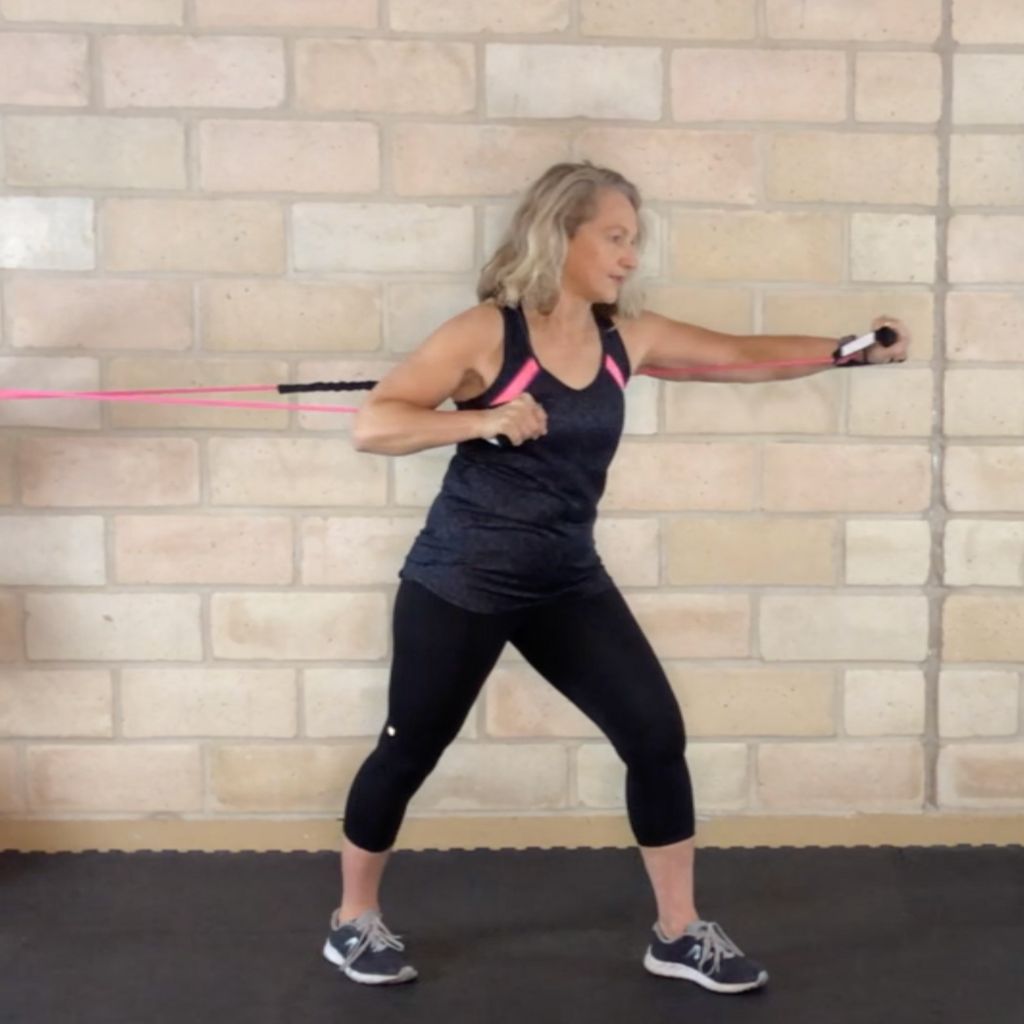
Standing band chest press
10. Twisting – Core rotation and control
Everyday life:
When you can’t reach overhead, you start needing help for everything from putting away groceries to storing a suitcase. That sense of limitation adds up—and fast.
Examples:
- Reaching for a seatbelt
- Playing with grandchild or putting into a car seat
- Putting down heavy items in awkward position
- Putting away groceries, laundry, or bags

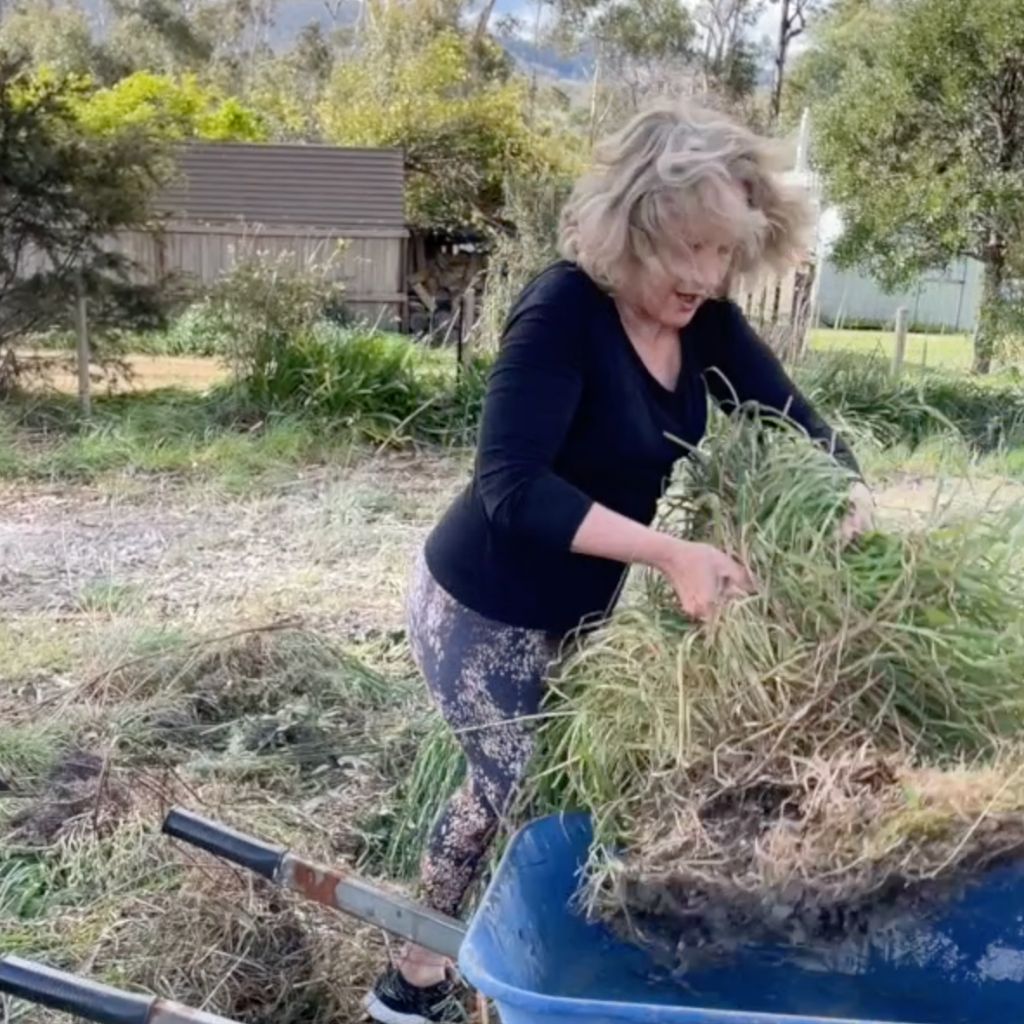
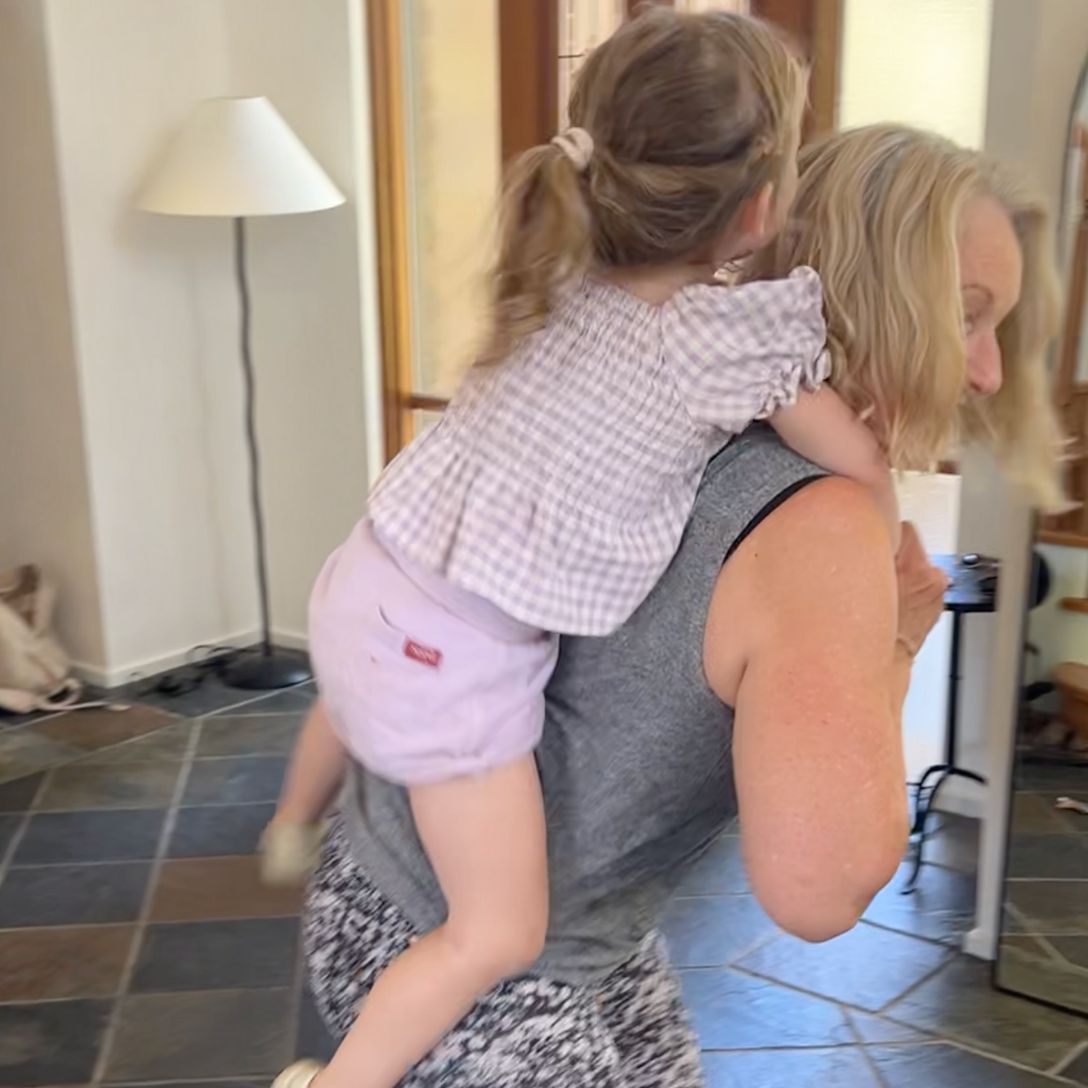
Strengthen:
Twisting movements train your obliques, core stabilizers, and spinal rotation—which are essential for healthy movement and fall prevention. It also keeps your torso mobile for things like driving, sports, or just everyday flow.
Train with:
- Banded rotations (low or high anchor)
- Weighted side-to-side movements
- Seated or standing torso twists
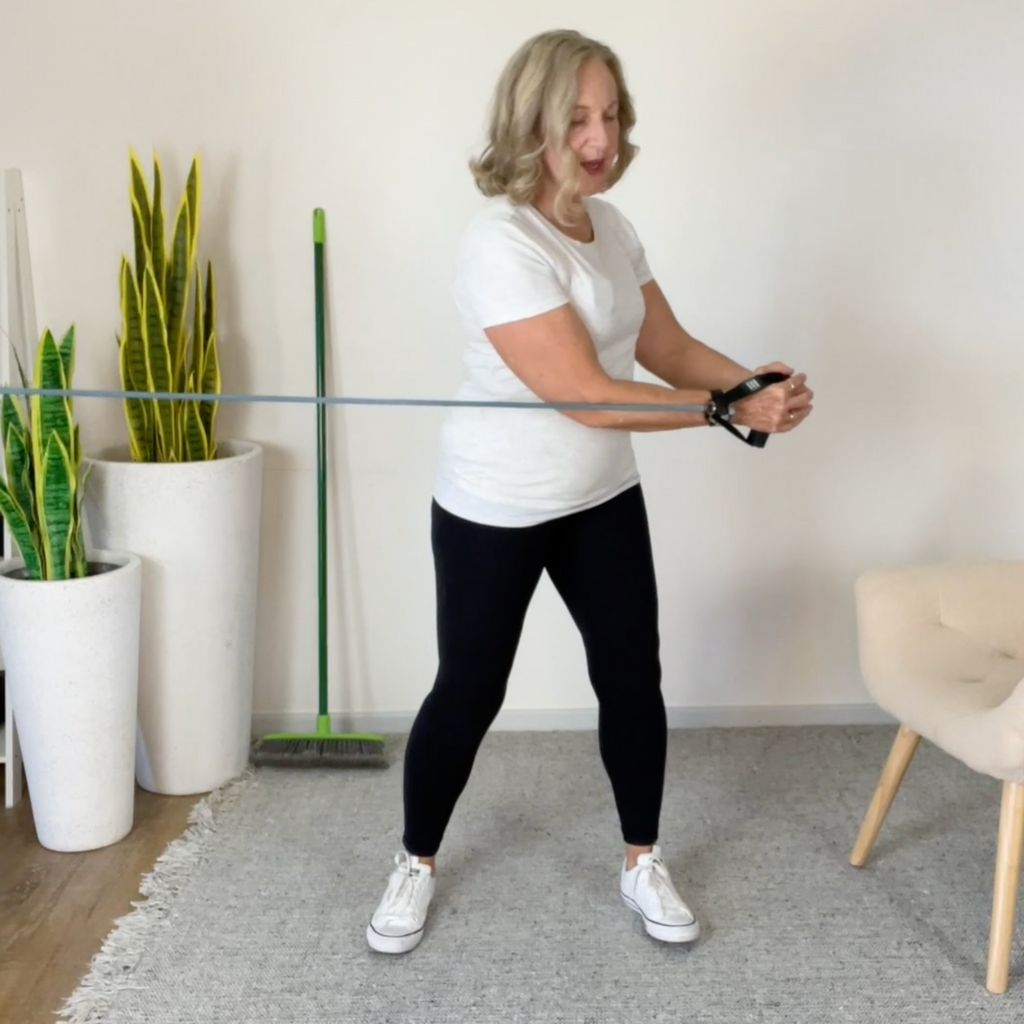
Resistance band rotations
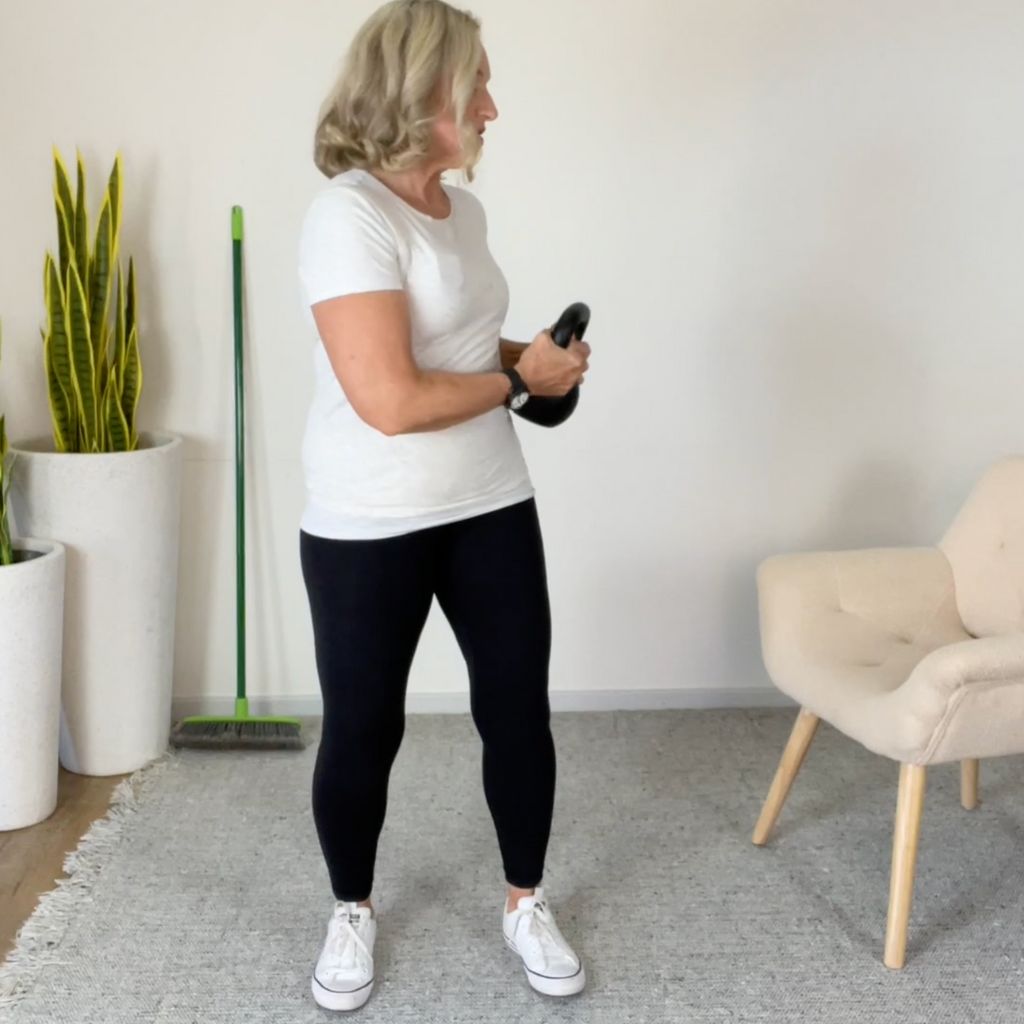
Side-to-side with kettlebell
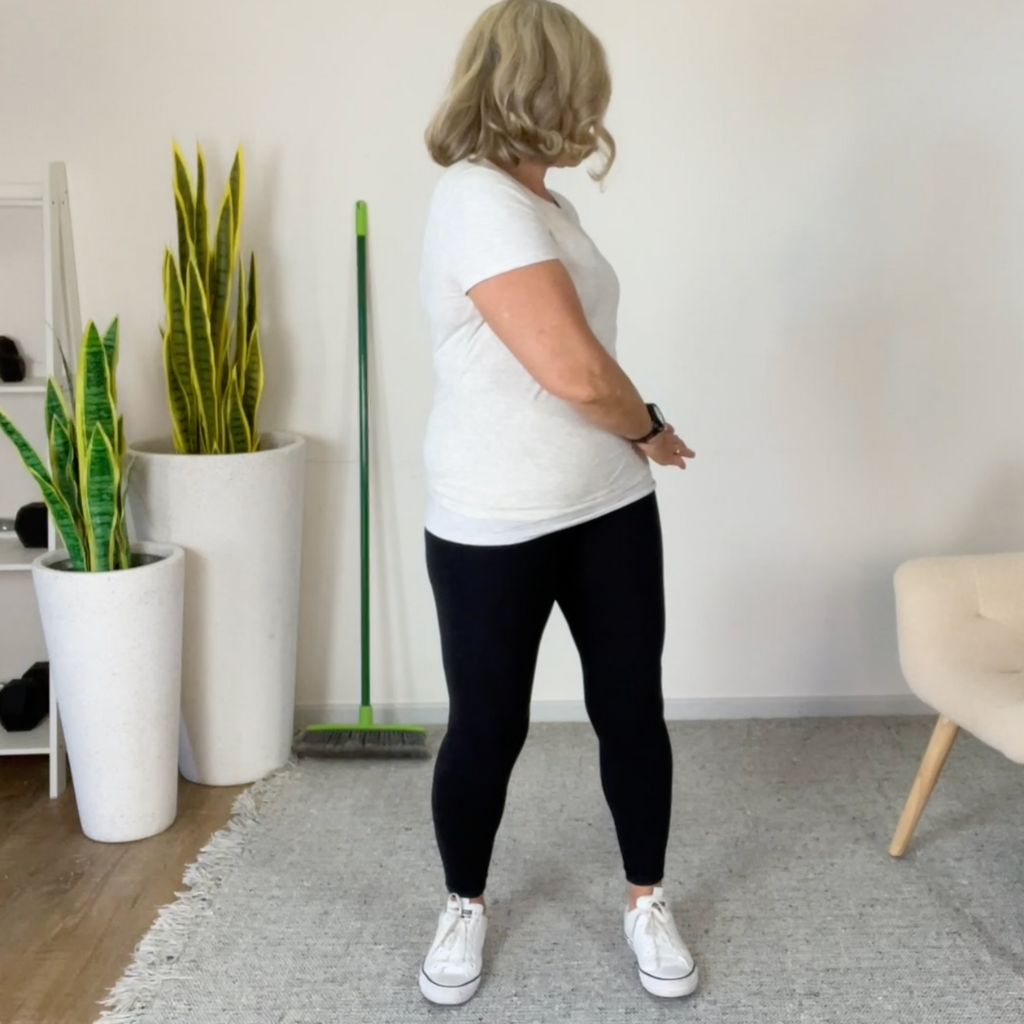
Standing torso rotations
11. Rolling – Core mobility and floor transitions
Everyday life:
Rolling may sound simple—but the ability to move side to side smoothly (especially in bed or on the floor) is key to aging comfortably. If you’ve ever struggled to roll over in bed, you know how frustrating this can become.
Examples:
- Getting out of bed
- Reaching under furniture
- Playing on the floor with a grandchild
- Moving after a fall or injury
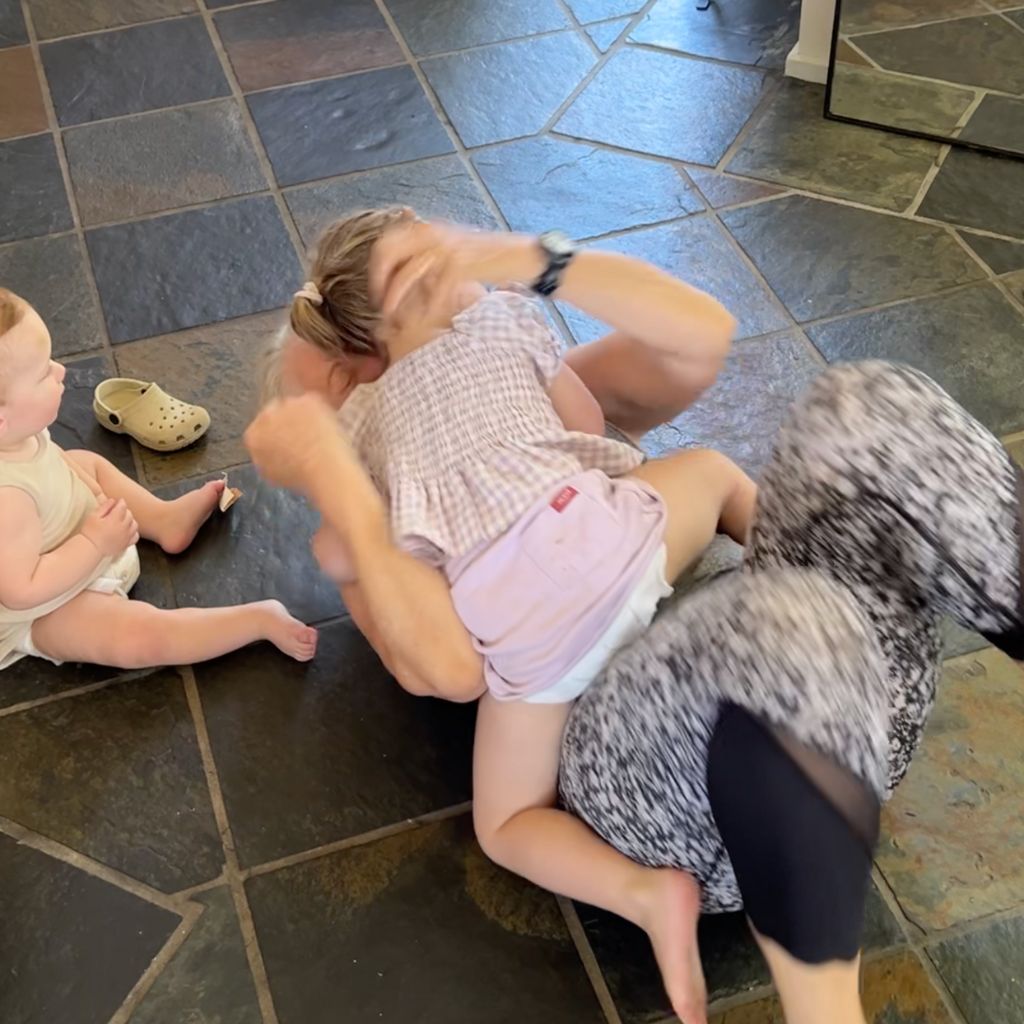
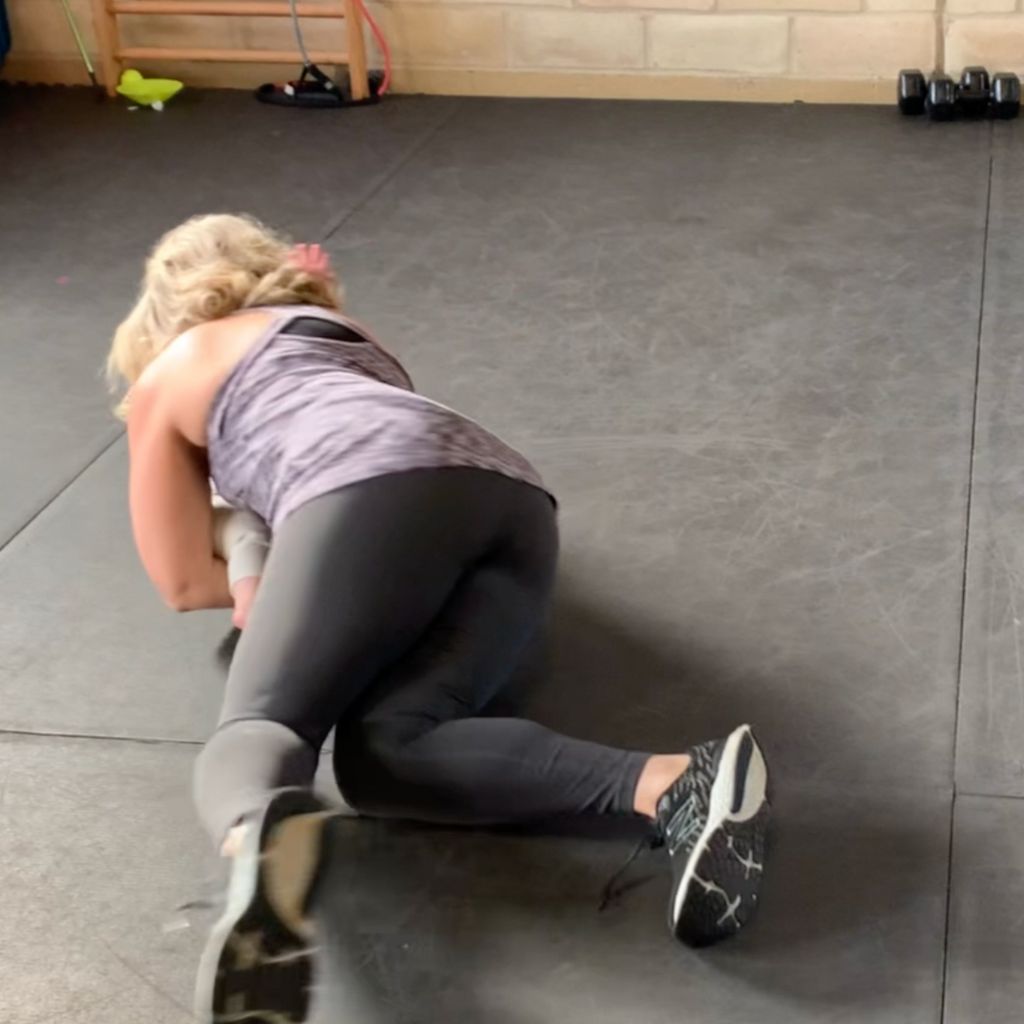
Strengthen:
Rolling builds core control, midline mobility, and functional movement patterns that protect your spine and keep you adaptable.
Train with:
- Full-body side rolls (bent, straight or raised legs)
- Weighted rolling patterns
- Log rolls and knee-drop drills with or without a pillow under the head
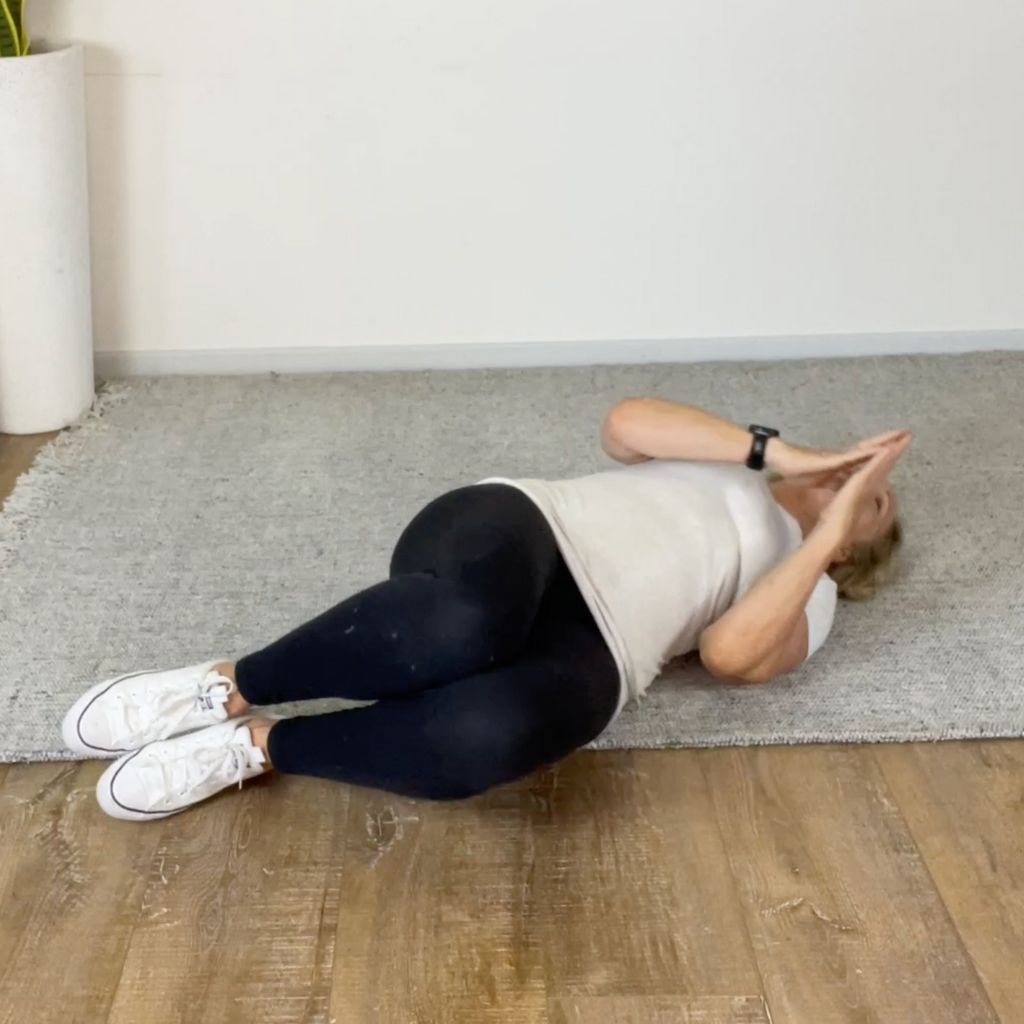
Side-to-side rolls knees bent
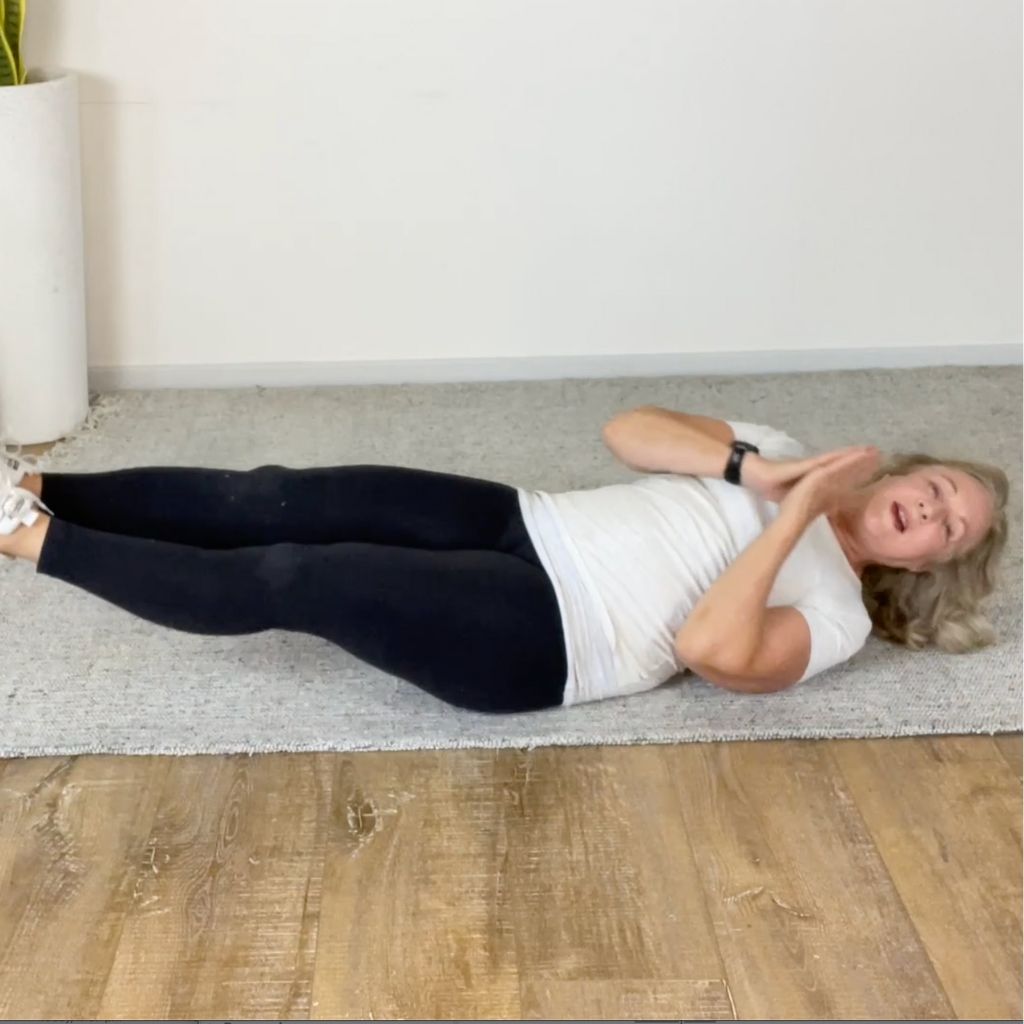
Side-to-side rolls legs raised
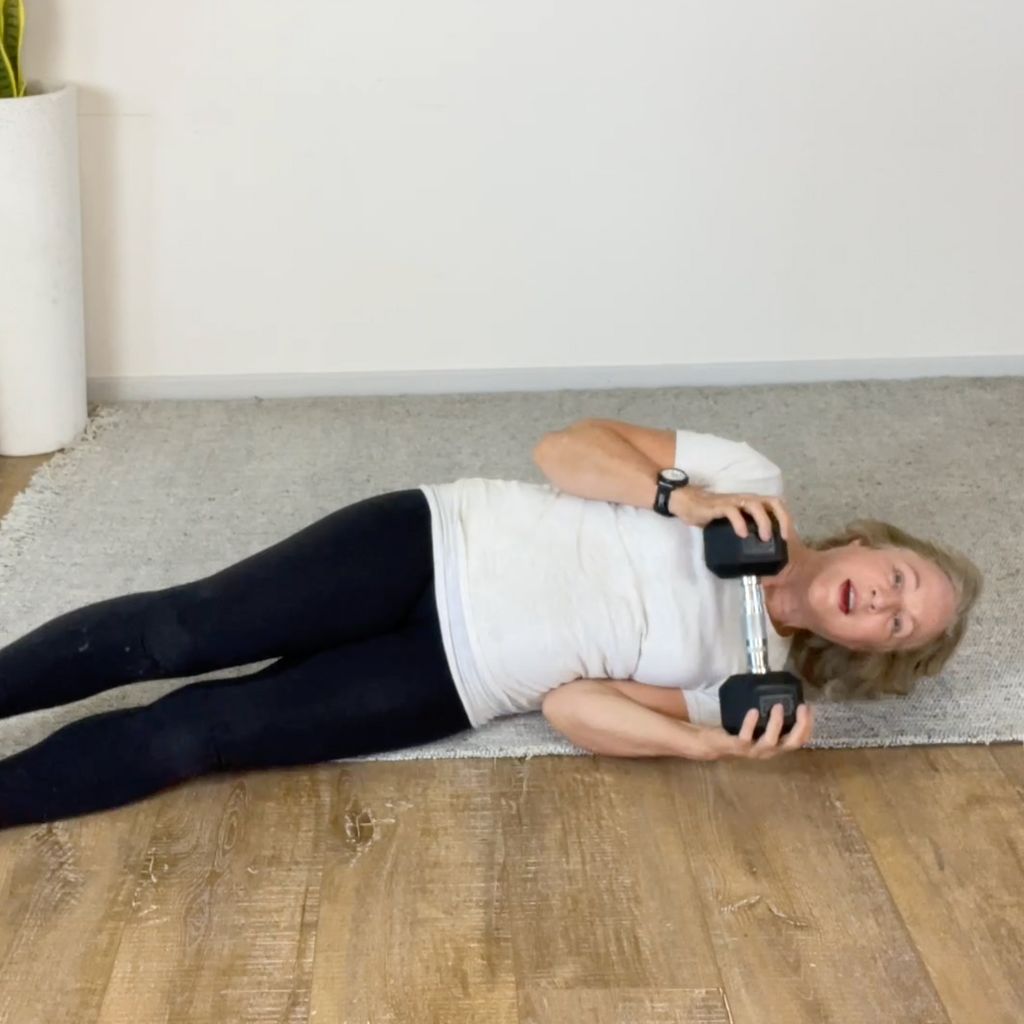
Rolling with dumbbell
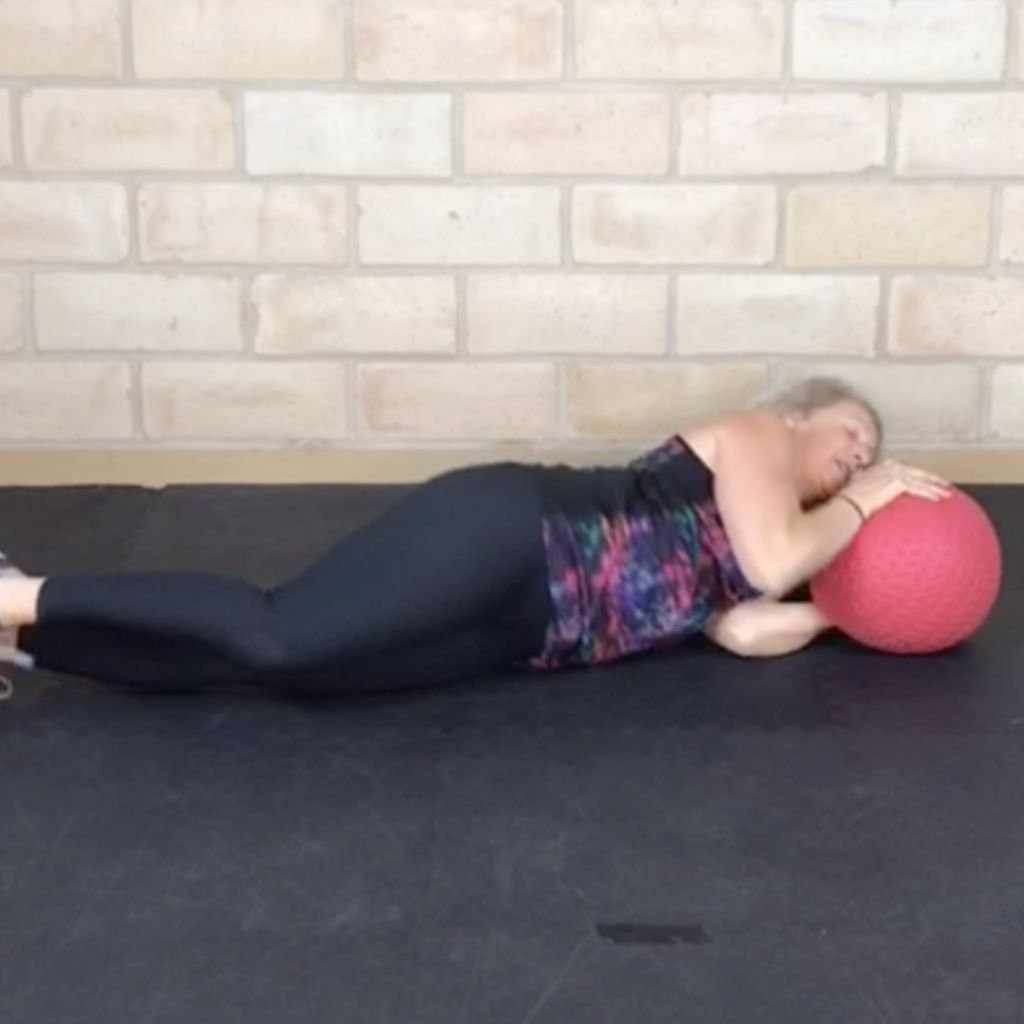
Rolling with weighted ball
12. Getting Down and Up from the Floor
Everyday life:
This movement is non-negotiable. It’s one of the clearest indicators of whether someone can maintain independence—or will need help. It’s also where many women lose confidence long before they lose the ability.
Examples:
- After a fall, in a public space or at home
- Playing on the floor with children
- Doing housework, gardening, or stretching
- Navigating emergencies when no one is around

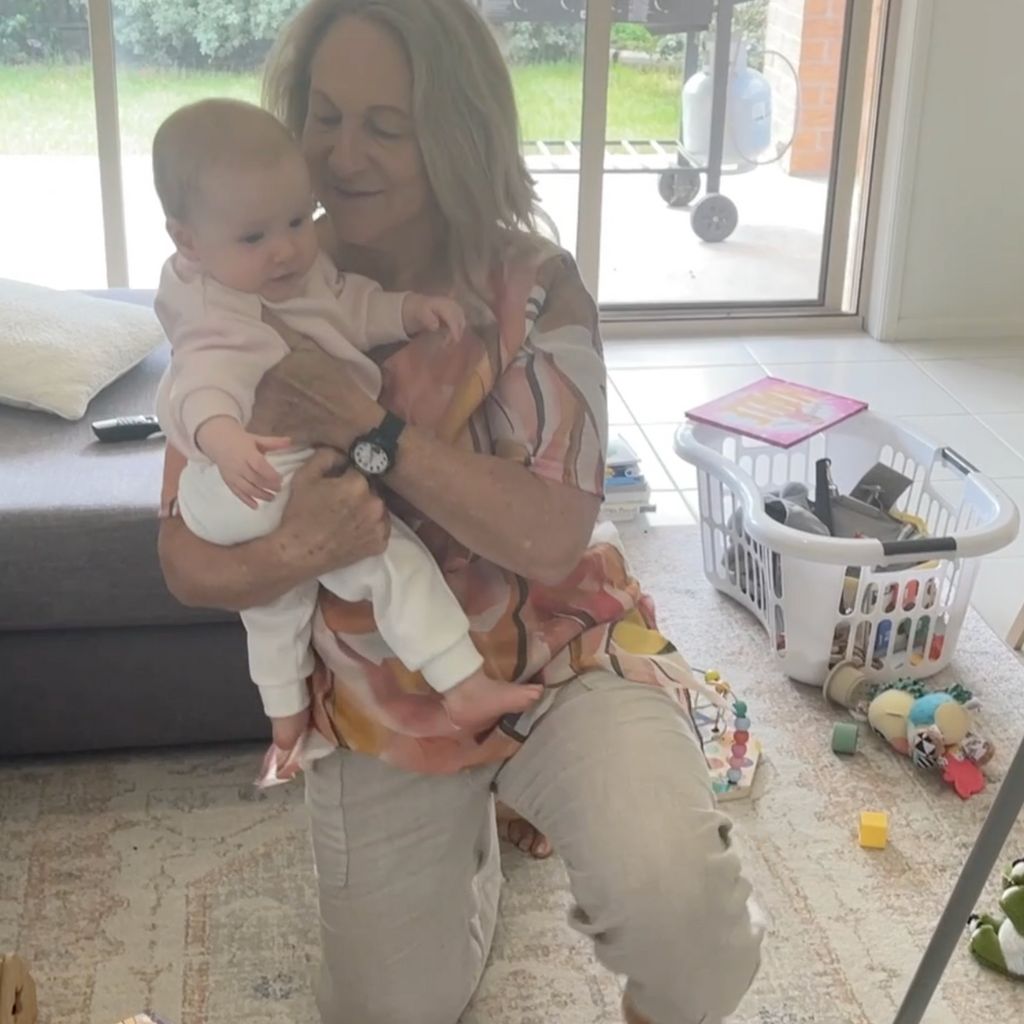
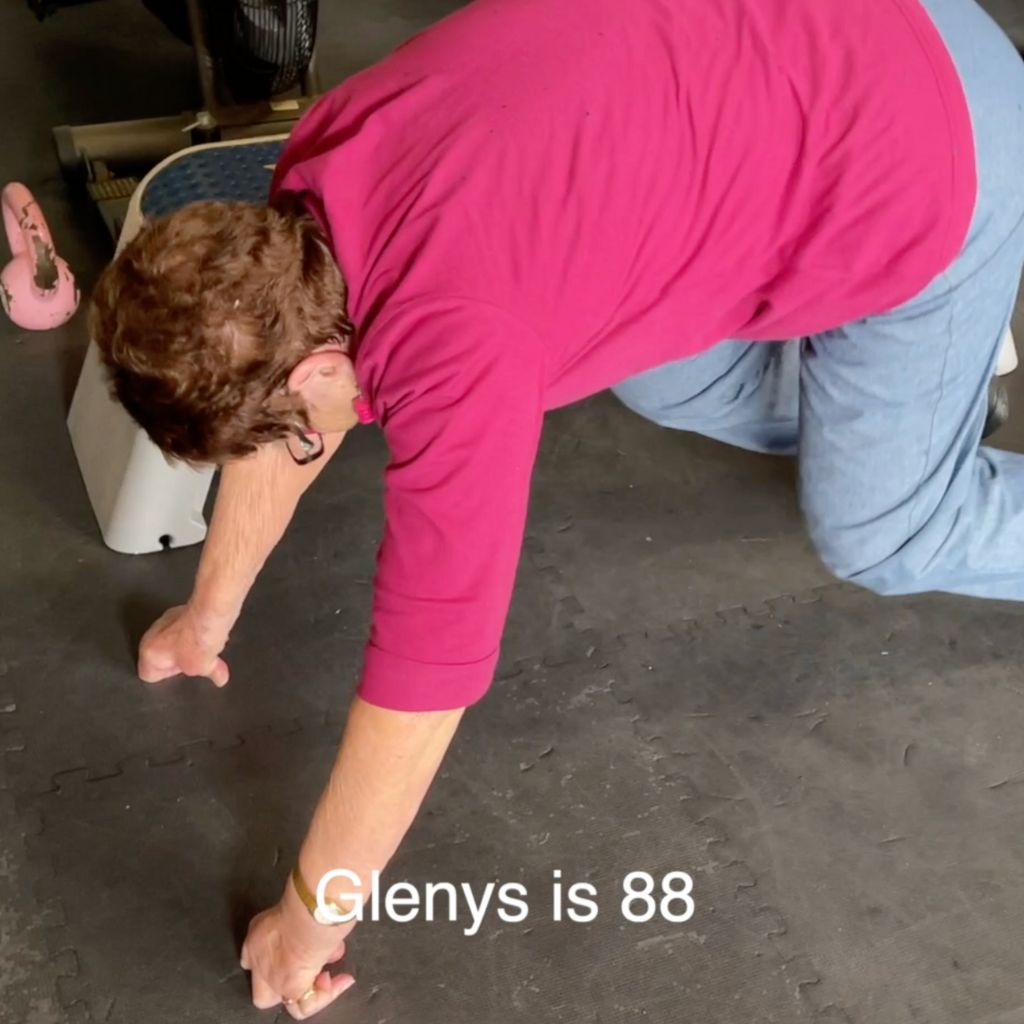
Strengthen:
Floor transitions train full-body coordination, core and upper body strength, and mental confidence. We teach multiple progressions so you always have a way forward—no matter where you're starting.
Train with:
- Crawl out drills
- Sit-to-kneel transitions
- Hands-free chair-to-stand drills
- Get up plank holds, on hands and toes
- NOTE: Every strength movement exercise mentioned to this point will help with this crucial lifeskill to maintain.
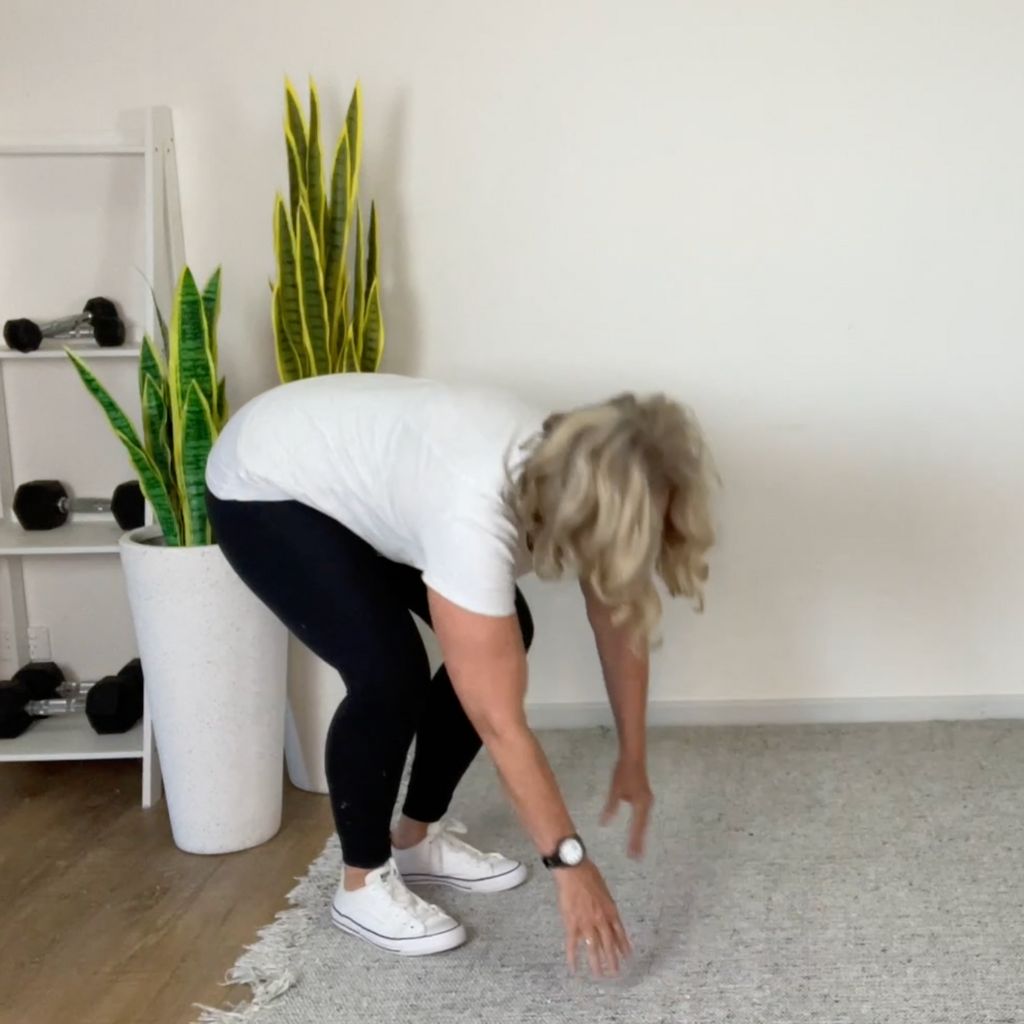
Crawl out step 1
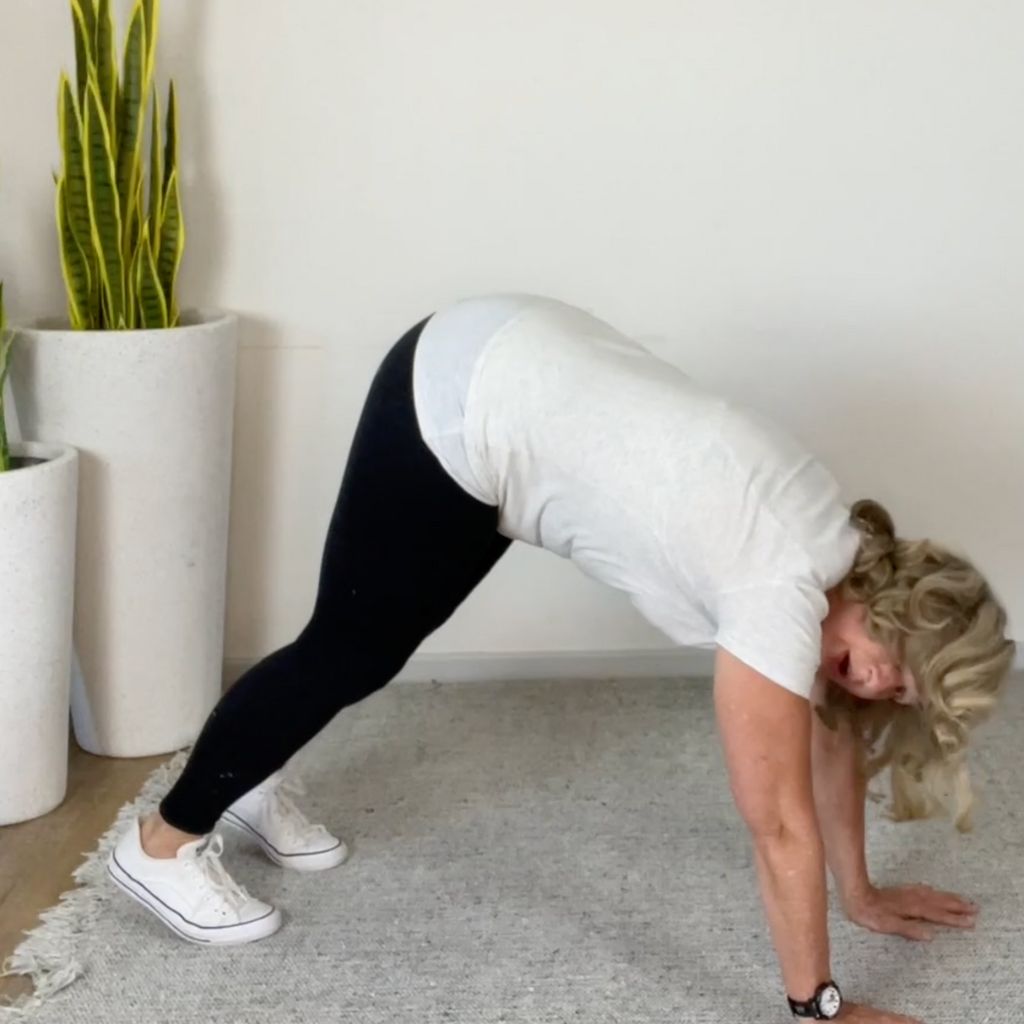
Crawl out step 2
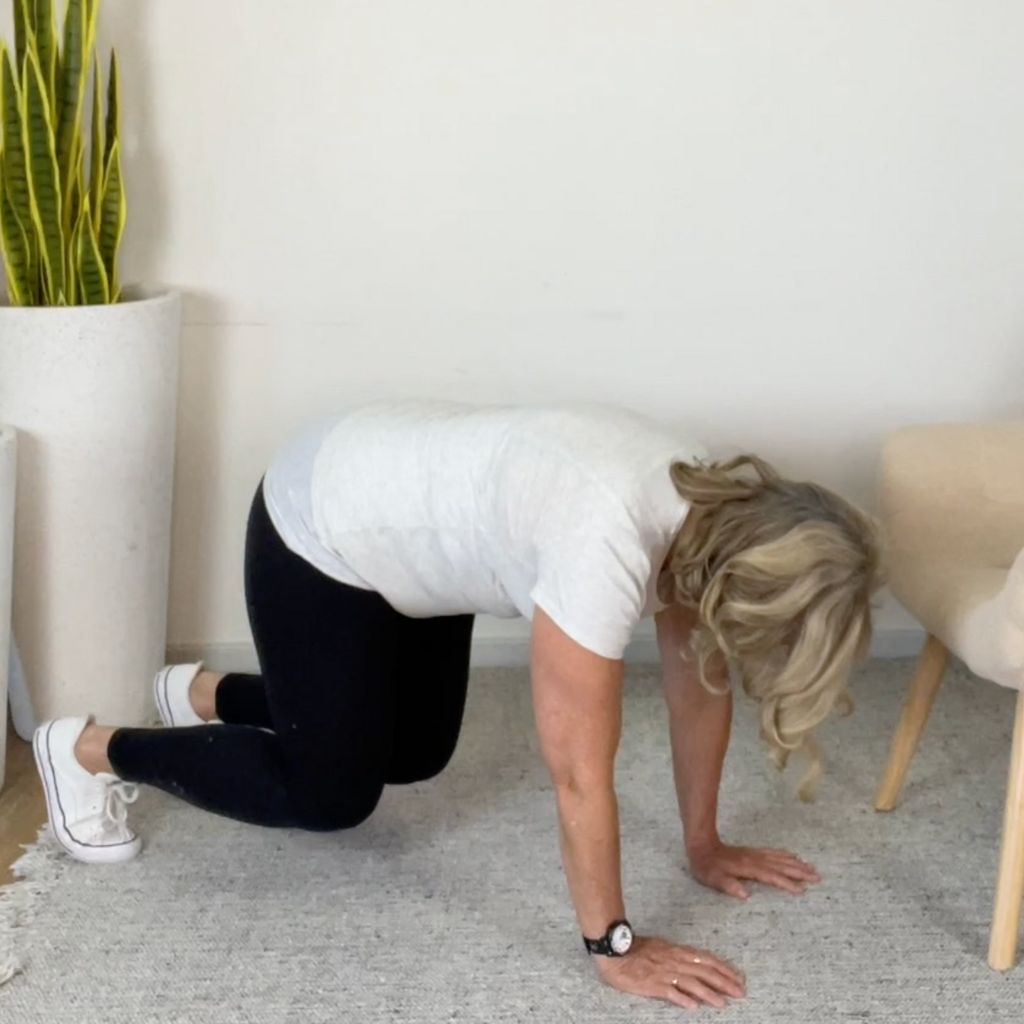
Get up plank
Train for the Moments That Matter—Not Just the Movements:
These 12 movements aren’t just about avoiding frailty—they’re about staying strong for what (and who) matters most:
The more consistently you train these movement patterns, the more resilient and capable you’ll feel—not just now, but for decades to come.
“But What If I Can’t Do Some of These Movements Yet?”
That’s exactly why we created our step-by-step Grandma Strong programs.
Inside our membership, you’ll find:
You’ll train at your own pace, on your own schedule, with expert guidance every step of the way.
Ready to Get Stronger for the Life You Want?
Strength training for women over 60 isn’t about slowing down—it’s about rising up.
You’re not done yet. And you don’t have to do it alone.

We’ll help you move better, feel stronger, and stay capable—for every moment that matters.
